Five
RECOVERY, REUNION, AND REMEMBRANCE HAGERSTOWN AFTER THE WAR
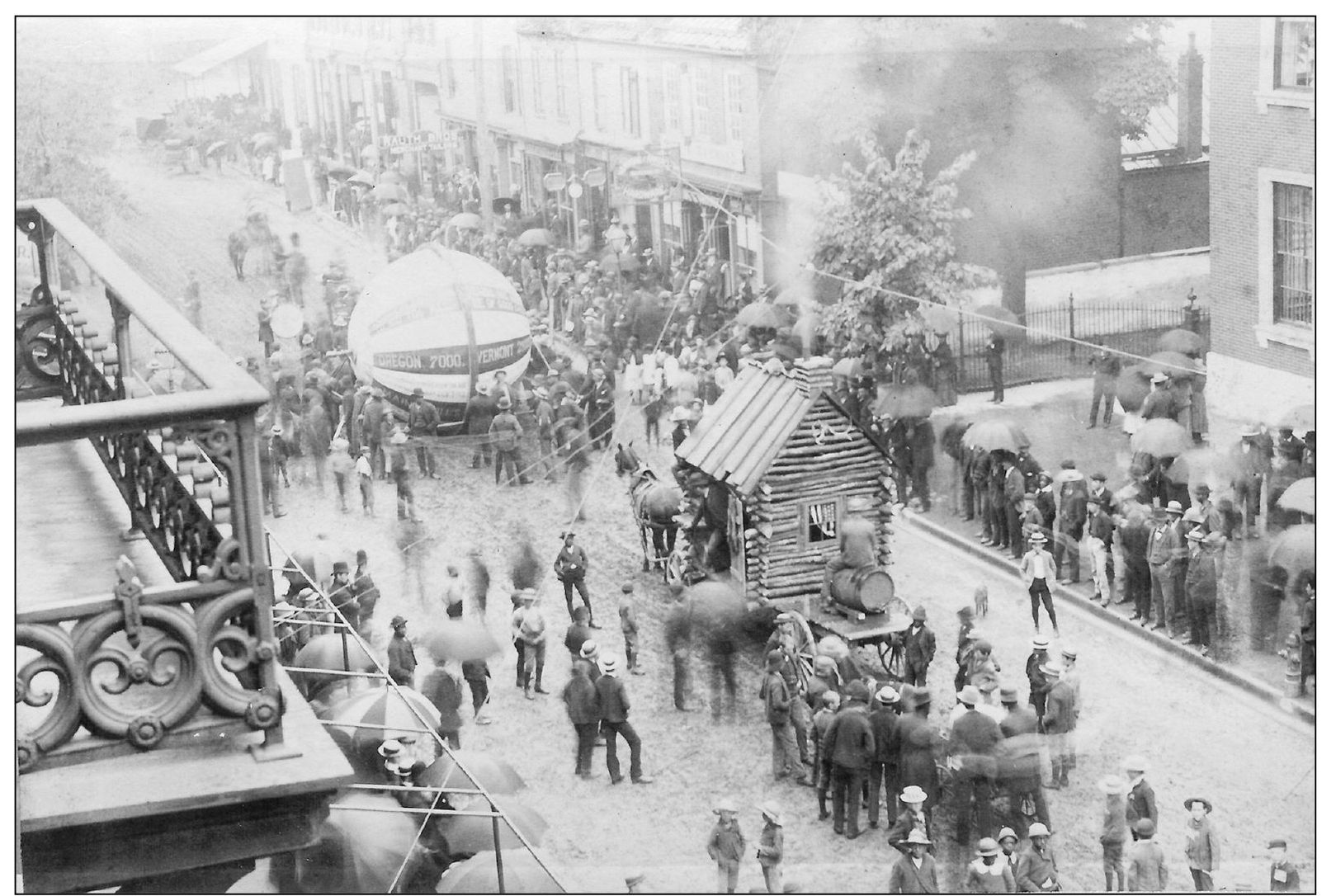
In 1888, supporters of Benjamin Harrison’s presidential campaign picked up on the “Keep the Ball Rolling” slogan of his grandfather’s 1840 campaign for president. A large ball was rolled from his home in North Bend, Ohio, to Washington, D.C. This publicity stunt was photographed on West Washington Street, facing east toward Public Square, from the balcony of the Baldwin House Hotel (at the location of the former Washington House Hotel). The Hagerstown Bank is on the right of the photograph. Harrison was a general in the Union Army during the war. Veterans organizations, both in the North and the South, played major influential roles in the outcome of elections in the late 19th century. (WCHS.)
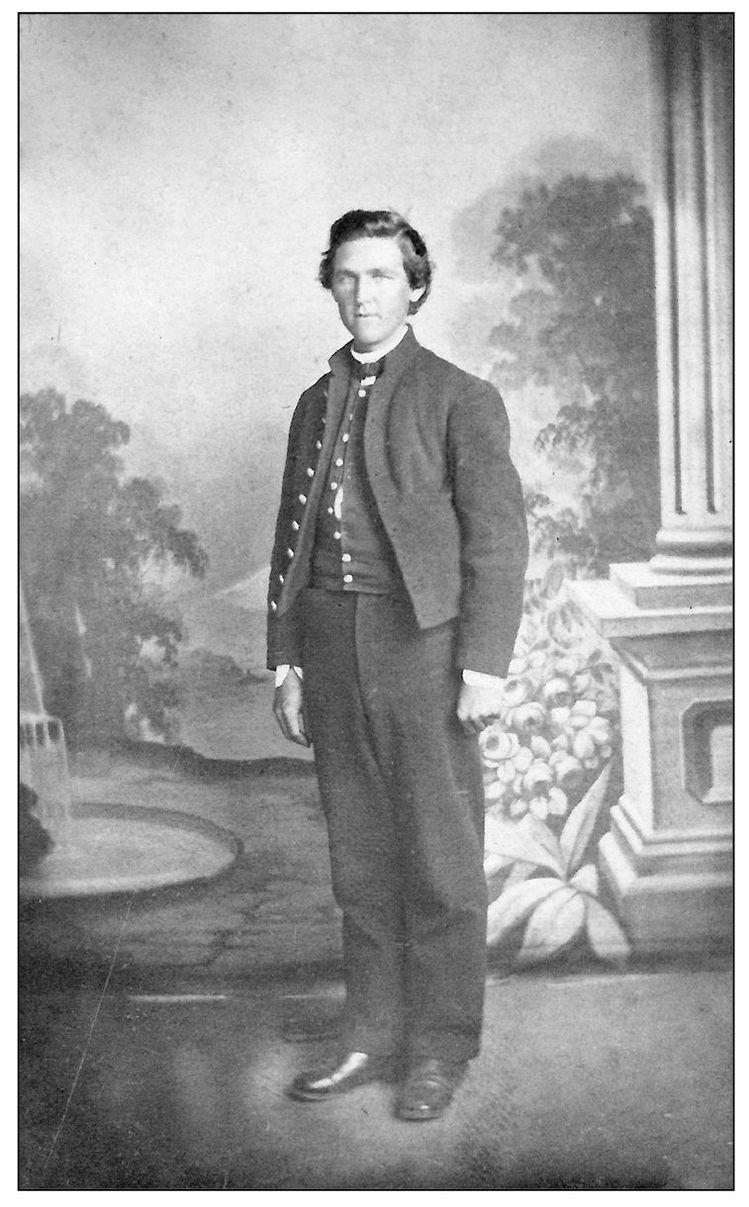
Amos W. Brandenberg enlisted in the 6th Maryland Infantry in 1862. In the waning days of the war, he was wounded in the foot. Amputation was required, and he was discharged for disability and sent home to resume his life. The wound did not heal properly, and Brandenberg died of complications at his family’s farm on the Leitersburg Pike within weeks. In 2006, Brandenberg’s silver corps badge was found on the farm. Whether it was lost or discarded there is unknown. (Dennis Easterday.)
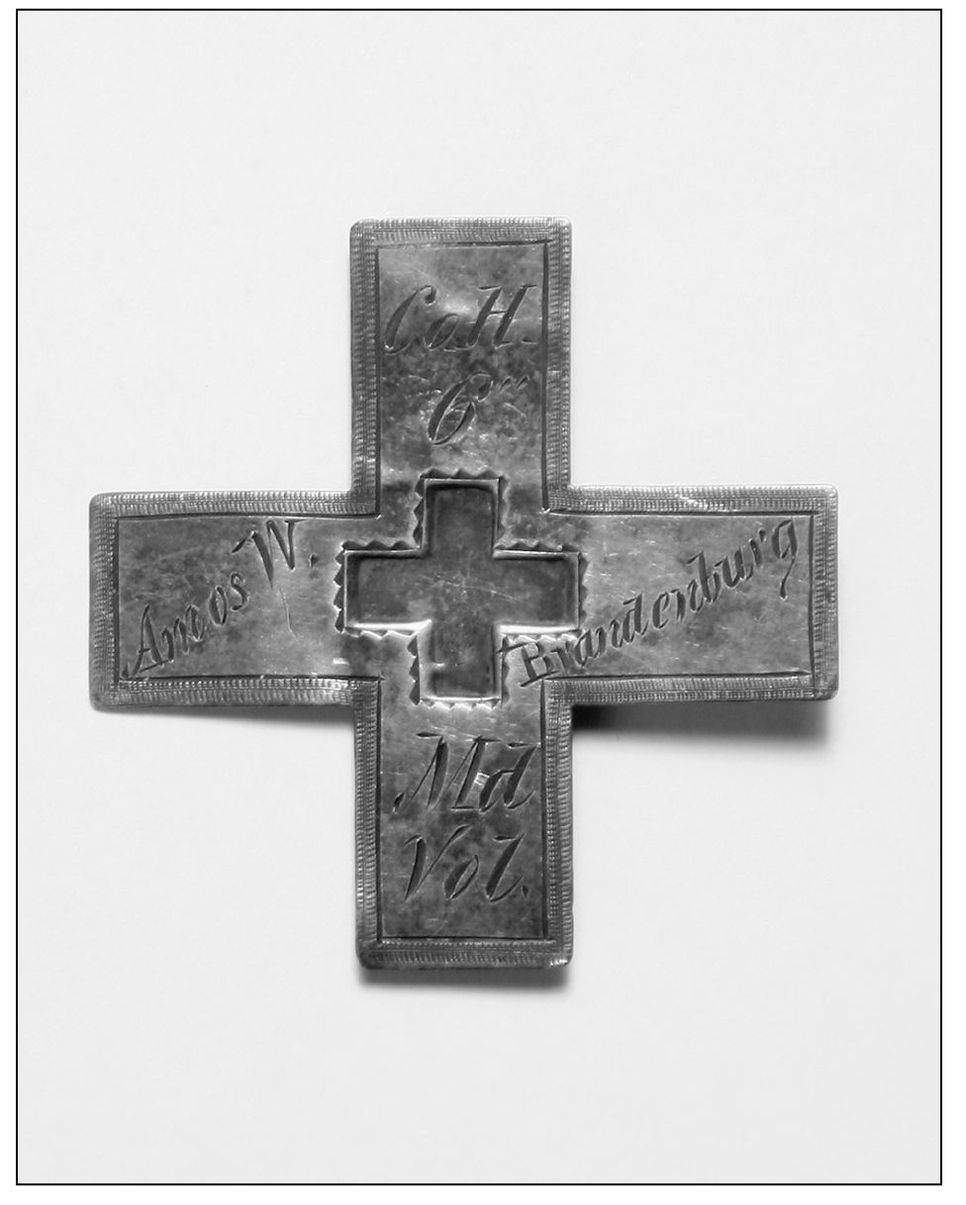
A corps badge was a cloth ornament in a shape assigned to each army corps and color-coded for each division within the corps. The first three divisions were designated, in order, red, white, and blue. The Swiss cross designated the 6th Corps. The recessed area in the middle likely contained blue enamel, corresponding to the regiment’s place in the 3rd Division. Brandenberg’s privately purchased silver badge, inscribed with his name, doubled as a makeshift dog tag. (Dennis Easterday.)

In 1868, former congressman William Thomas Hamilton was elected to the U.S. Senate. He served one term and was later elected the 38th governor of Maryland, leading the state from 1880 to 1884. Here, he is pictured (third row, fourth from right) with his fellow U.S. senators on the east front of the Capitol on February 12, 1874. Many Civil War politicians and generals are featured, including Confederate major general John B. Gordon of Georgia (first row, far left), who was wounded in the face at the Battle of Antietam, Sen. John Sherman of Ohio (third row, fifth from right), who authored the Sherman Anti-Trust Act, and former Confederate general Matt Ransom of North Carolina (third row, sixth from right). Also pictured are Sen. Simon Cameron of Pennsylvania (first row, fourth from left), who was President Lincoln’s secretary of war at the beginning of the Civil War, and Sen. Zachariah Chandler of Michigan (first row, fourth from right), who was a major senate critic of President Lincoln’s during the war. Sen. John A. Logan of Illinois (third row, second from right) was a major general in the Union army and, as commander of the Grand Army of the Republic, was primarily responsible for the creation of Memorial Day. (U.S. Senate Historical Office.)
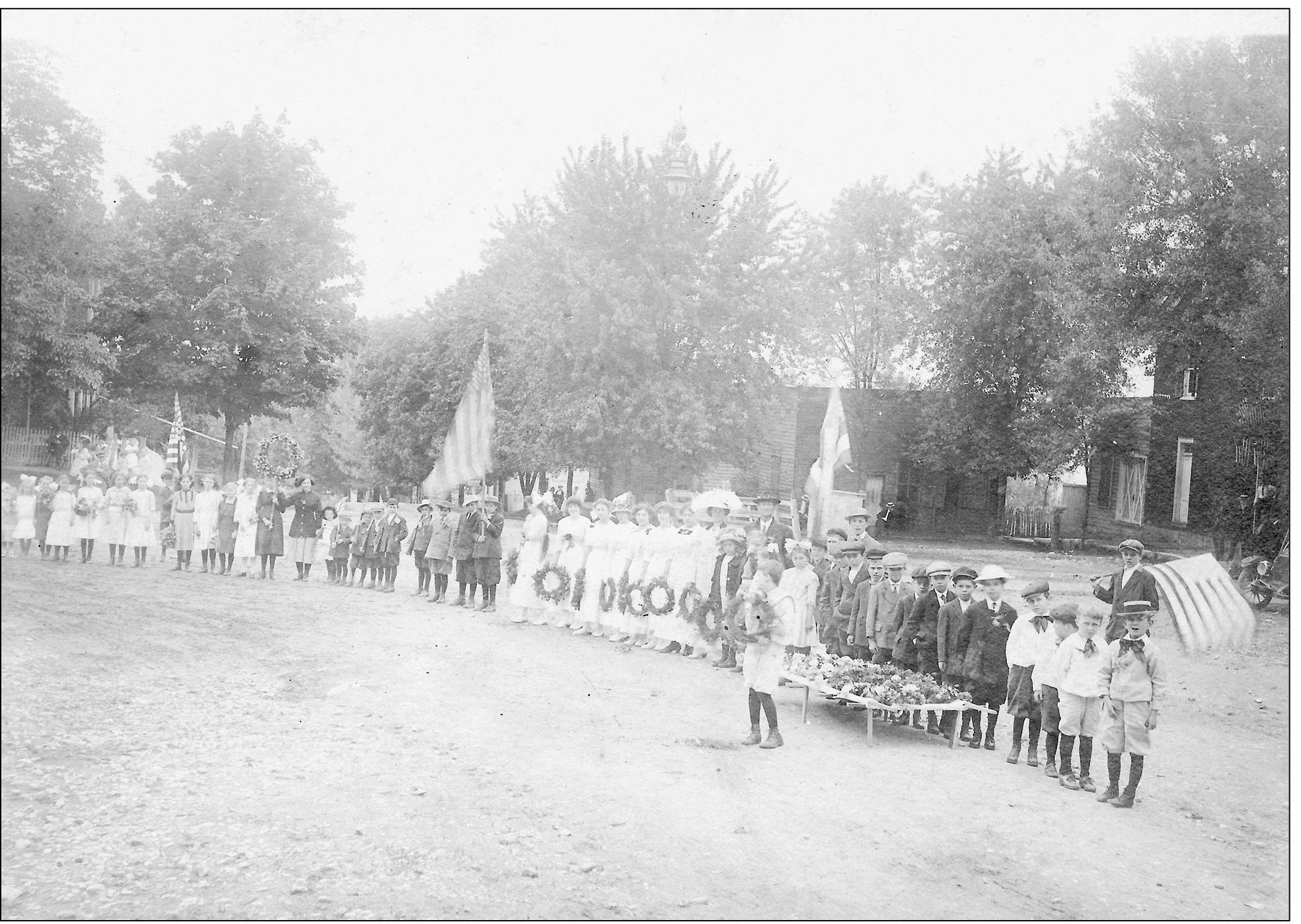
The tradition of Decoration Day began almost before the Civil War ended, when citizens in the North and the South would visit soldier graveyards and local cemeteries to decorate the graves of the fallen with floral tributes. In 1868, Gen. John A. Logan, national commander of the Grand Army of the Republic, issued an order to all GAR posts to observe an official Decoration Day on May 30 of that year. This appears to be the first semblance of an official commemoration. The holiday is now known as Memorial Day. Southern states ultimately adopted varying dates, typically in June, to honor the Confederacy’s fallen soldiers. The movement grew quickly, with regular observances started all across the country. Here the children of nearby Leitersburg pose for a photograph in the town square as part of an observance around World War I. By this time, half a century had passed, and the ranks of the blue and the gray were rapidly fading away. (Dorothy Smith.)
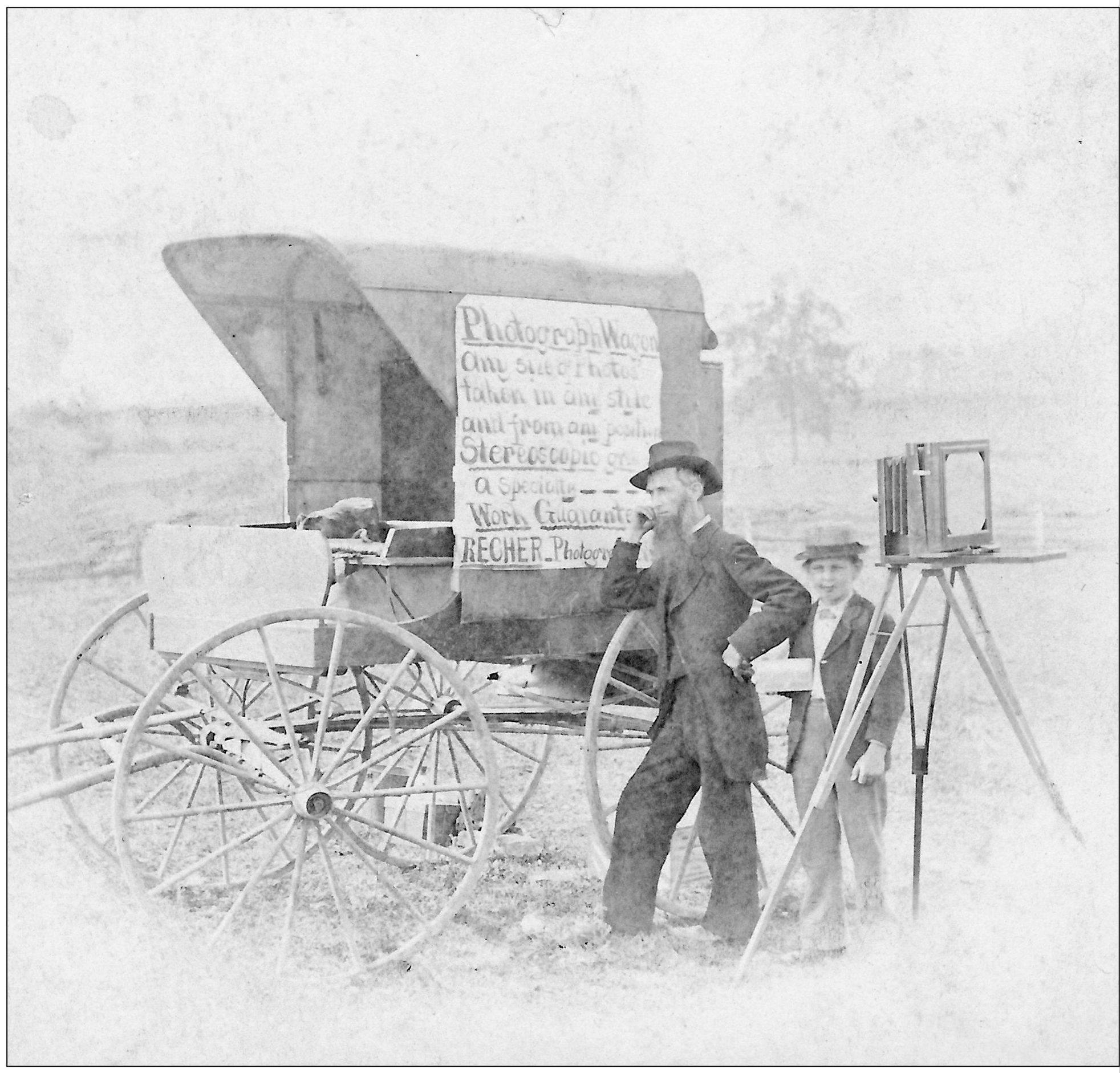
After building a business as one of the preeminent studio photographers in Washington County, Elias Recher became fascinated by the stereopticon process, a forerunner of the GAF View-Master that has entertained many children in the 1950s. The process involved taking two simultaneous photographs, slightly apart, mounting them side-by-side on a card, then inserting the card into an adjustable viewer with two lenses to create a three-dimensional effect. Most stereographs were of landmarks and scenery and were intended for widespread commercial distribution. Recher’s stereographic photographs of the Hagerstown GAR reunion of 1884 appear later in this chapter, and his stereo images of Antietam Battlefield, the dedication of Antietam National Cemetery, and recreational activities at Pen Mar Park near Cascade enjoyed wide distribution. In this photograph, Elias and a young helper appear in one of Recher’s own stereographic cards. (WCHS.)
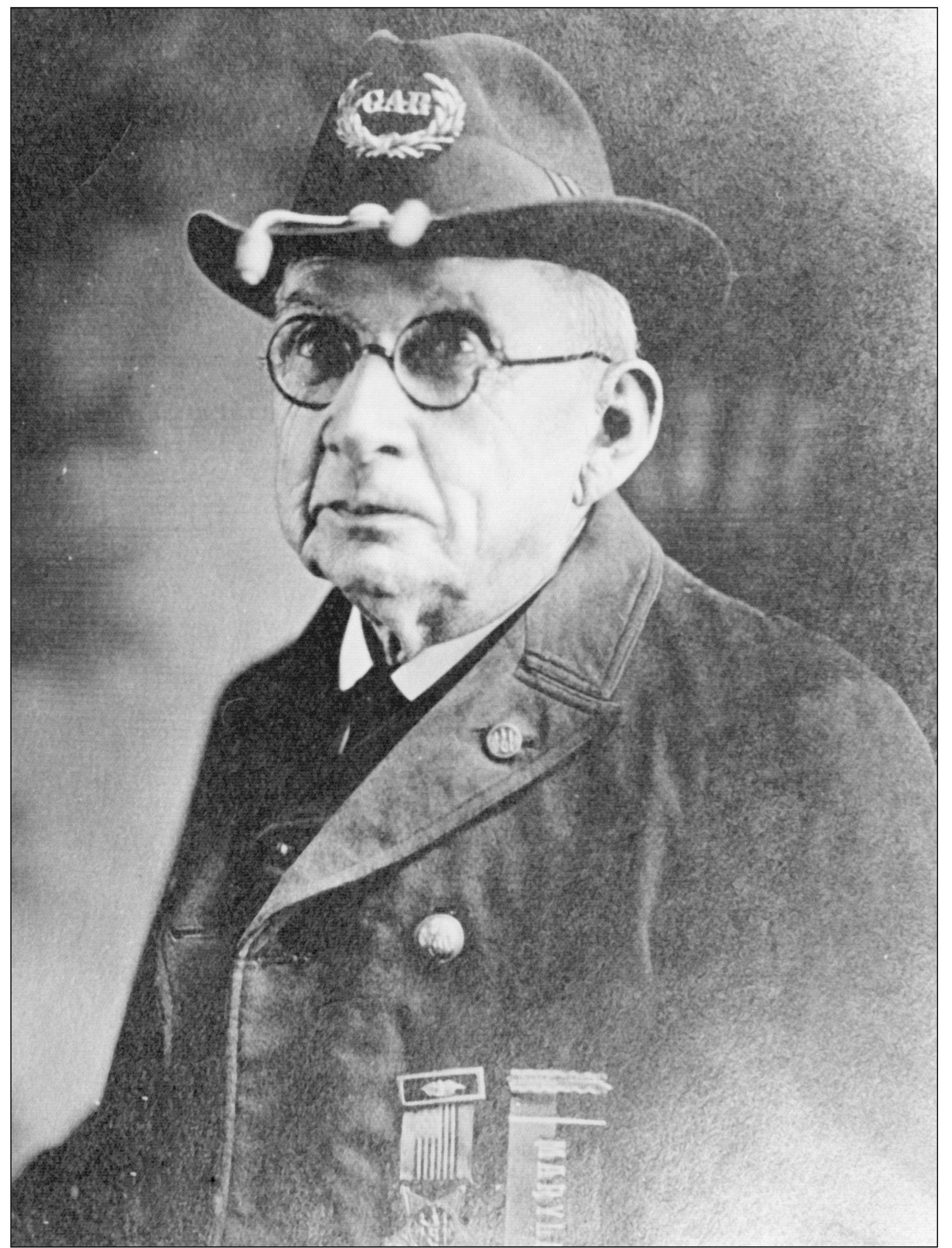
Joshua Thomas served during the war as a musician in the 12th Maryland Infantry Regiment and later joined Reno Post No. 4, Grand Army of the Republic. He is shown here in his GAR uniform. Thomas served as one of several delegates representing posts in the state of Maryland at the annual GAR National Encampment in September 1915, which was held in Washington, D.C. Aside from his Civil War service, Thomas has the unique place in history of being the operator of the first bookmobile in the United States. (WMR-WCFL.)
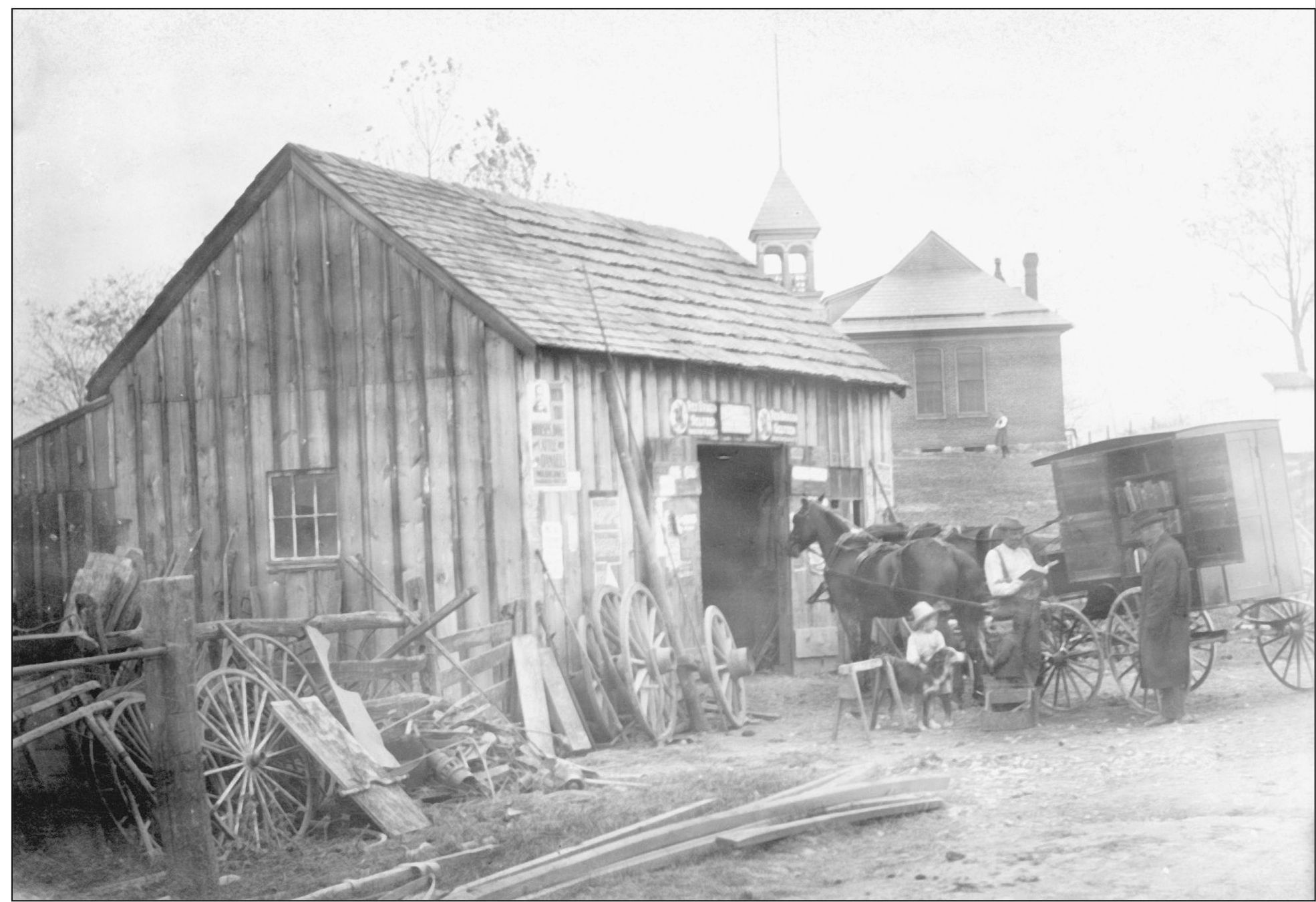
The Washington County Free Library initiated the first bookmobile in the country in 1905. The purpose was to extend the library’s reach to people in the far-flung rural corners of the county. By 1904, sixty-six “book stations” containing 30 volumes each were established throughout the county’s general stores and post offices. The bookmobile was then created to refresh the materials at these stations and provided mobile service. The task of running the bookmobile fell to Joshua Thomas, the library’s janitor. He operated the bookmobile from 1905 until August 25, 1910, when the wagon was struck by a Norfolk and Western train at St. James. Thomas was thrown from the wagon and received moderate injuries. The horses bolted but were uninjured. The wagon was destroyed, but many books were salvaged from the wreckage. Here, Thomas is shown at right at Grimm’s Blacksmith Shop in Cearfoss. (WMR-WCFL.)
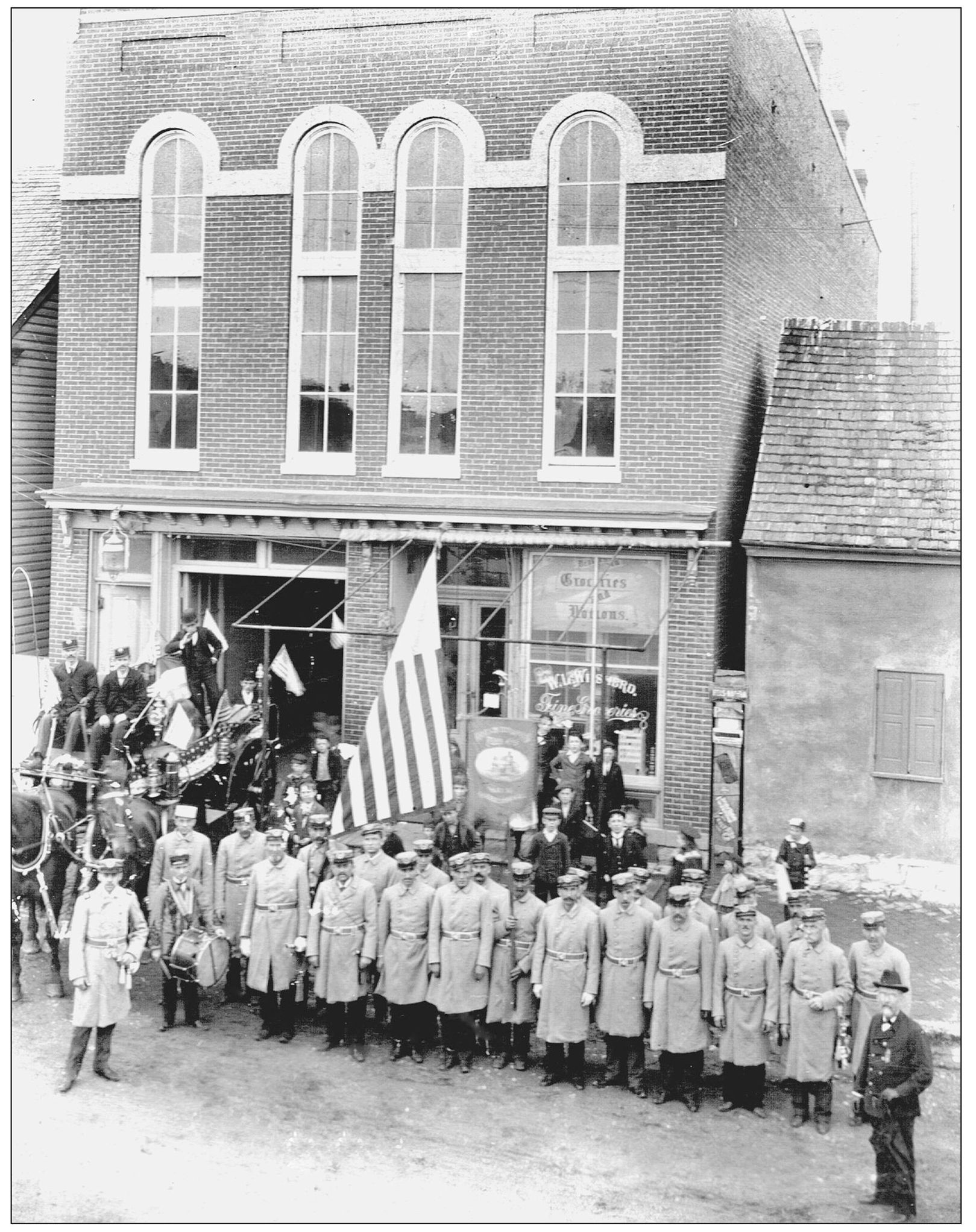
The men of the Western Enterprise Fire Company turn out in front of their station on West Franklin Street, east of McPherson Street, around 1890. Undoubtedly some of these men were Civil War veterans, and their uniforms and formation show the influence of the Civil War military on postwar fire companies. The elderly gentleman in the front right appears to be wearing a GAR membership medal. The Western Enterprise Fire Company later moved to a new building on Washington Square. This structure stood where the CSX railroad overpass crosses West Franklin Street, one-half block east of North Burhans Boulevard. (Western Enterprise Fire Company.)
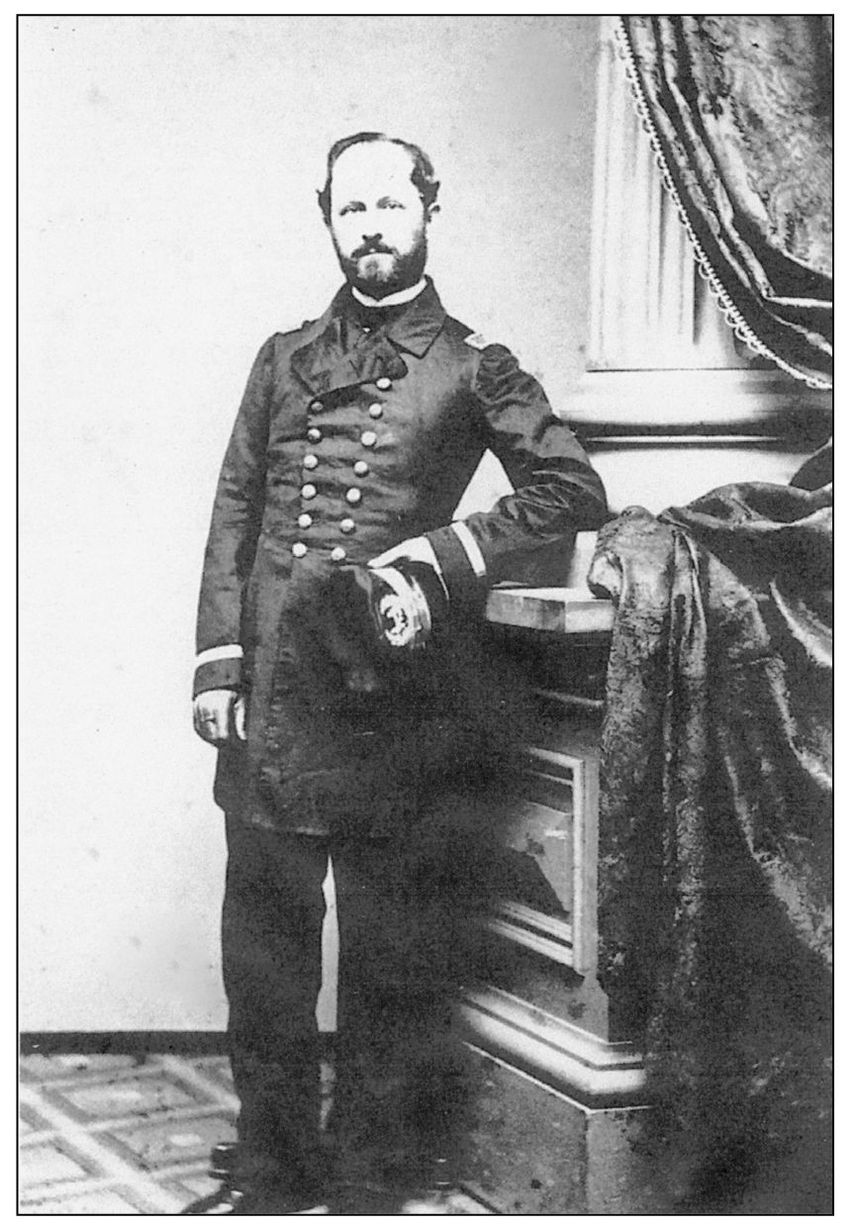
Comdr. Donald Fairfax served 44 years in the navy, including service in the Mexican War. In 1861, he was the executive officer of the USS San Jacinto. On November 8, Capt. Charles Wilkes ordered that the British mail ship Trent be stopped in international waters and searched for two Confederate emissaries bound for Europe; the orders were carried out by Fairfax. He found and arrested the diplomats. The Trent Affair was an international incident that almost led to war with Britain. Fairfax went on to command ironclad monitors in combat and was commandant of the U.S. Naval Academy from 1863 to 1865. A minor national celebrity from his Civil War service, he retired as a rear admiral in 1881. Fairfax moved to Hagerstown, where he lived at 163 South Prospect Street until his passing in 1894. (Author’s collection.)
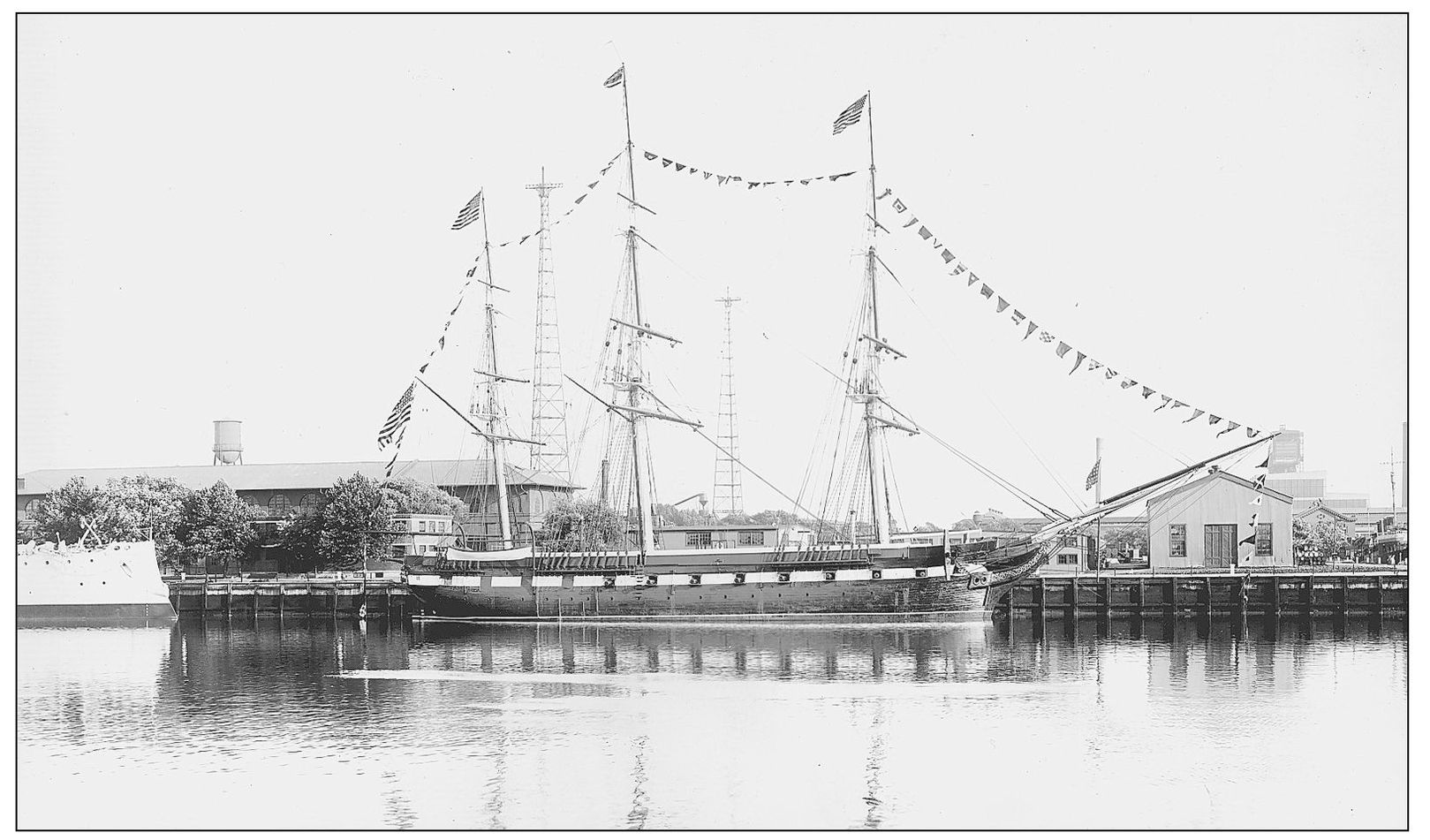
In 1860, Fairfax served as executive officer of USS Constellation (now a museum in Baltimore) on the west coast of Africa. Constellation’s mission was to capture slave ships running human cargo to the western hemisphere. On September 26, it captured the barque Cora and liberated 705 Africans. Constellation repatriated the captives at Monrovia, Liberia, and its crewmen took Cora to New York for disposition in a “prize court.” (Author’s collection.)
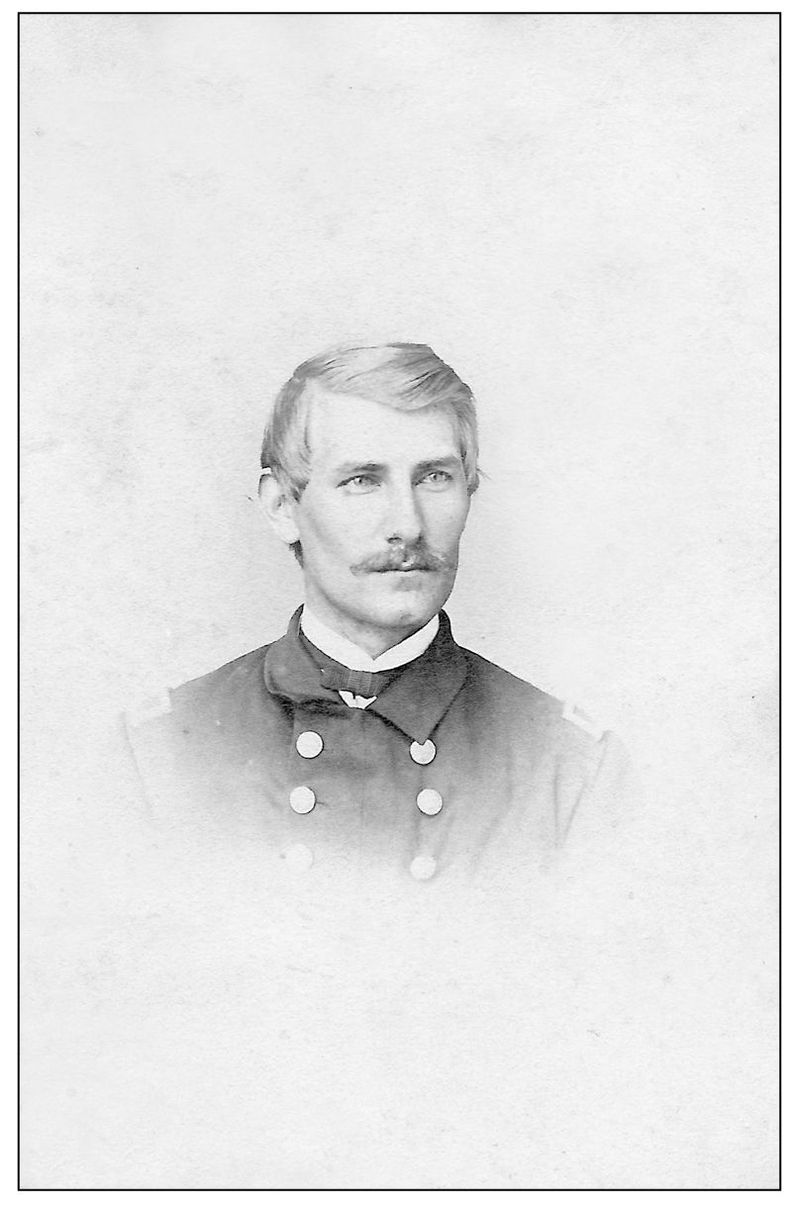
Clear Spring native Edward Kershner received a commission as an assistant surgeon in the U.S. Navy in the fall of 1861 and reported for duty aboard USS Cumberland at Hampton Roads, Virginia. On March 6, 1862, the ironclad CSS Virginia (also known as the Merrimack) steamed into Hampton Roads and laid waste to the Union’s wooden warships. After tending to the wounded, Kershner was one of the last two men to dive from Cumberland before she went to the bottom. He later served aboard several ironclad warships and retired from the navy in 1902. Kershner lived on the west side of Oak Hill Avenue where it meets Potomac Avenue. The home was demolished in the 1940s. (WCHS.)
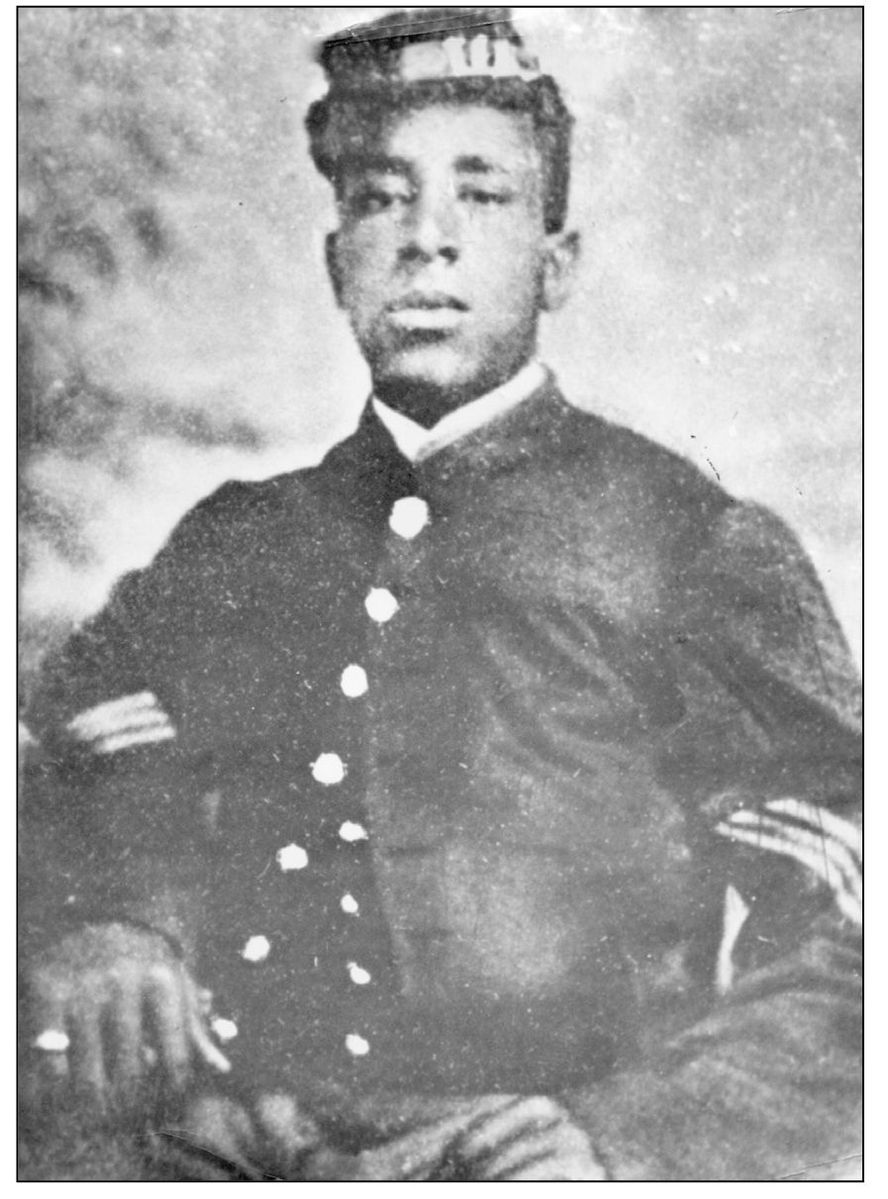
John Henry Murphy was born a slave in Baltimore. Freed in 1863, he enlisted in Company G, 30th United States Colored Troops and rose to the rank of sergeant. After the war, Murphy held a number of positions, including district superintendent of Sunday schools for the Hagerstown area A.M.E. churches. In 1896, he purchased the Baltimore Afro-American newspaper and, over 26 years, built it into the premier African-American newspaper of the 20th century. It is still published in 2010. During World War II, Sergeant Murphy received the honor of a Liberty Ship being named for him. (Baltimore Afro-American.)
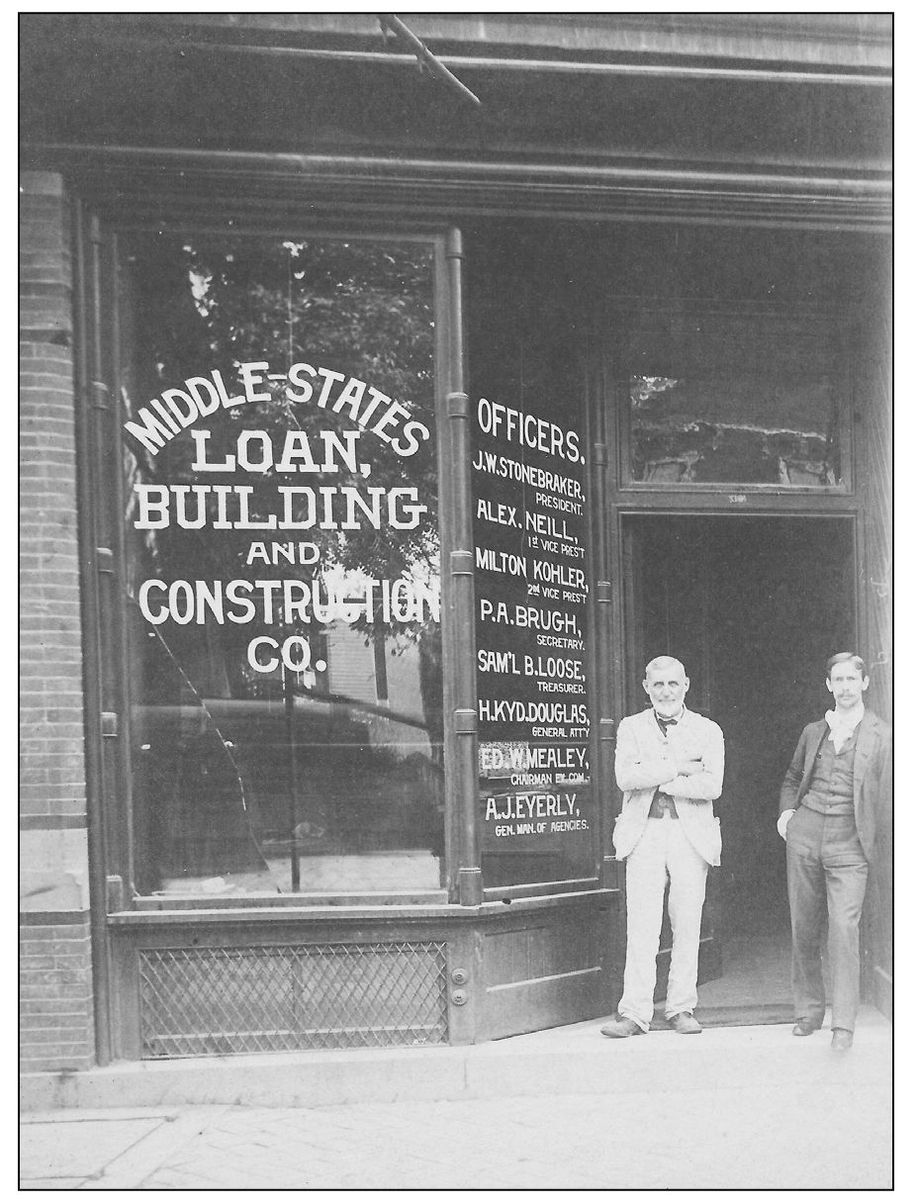
After the war, Hagerstonians returned to pick up the pieces of their lives and moved on. This led to what would be the greatest period of growth and expansion in city history in the later 19th century. Here the storefront of Middle States Building and Loan, located on West Washington Street, lists many of Hagerstown’s prominent Civil War citizens as its officers and a former Confederate officer as its corporate attorney. (WMR-WCFL.)
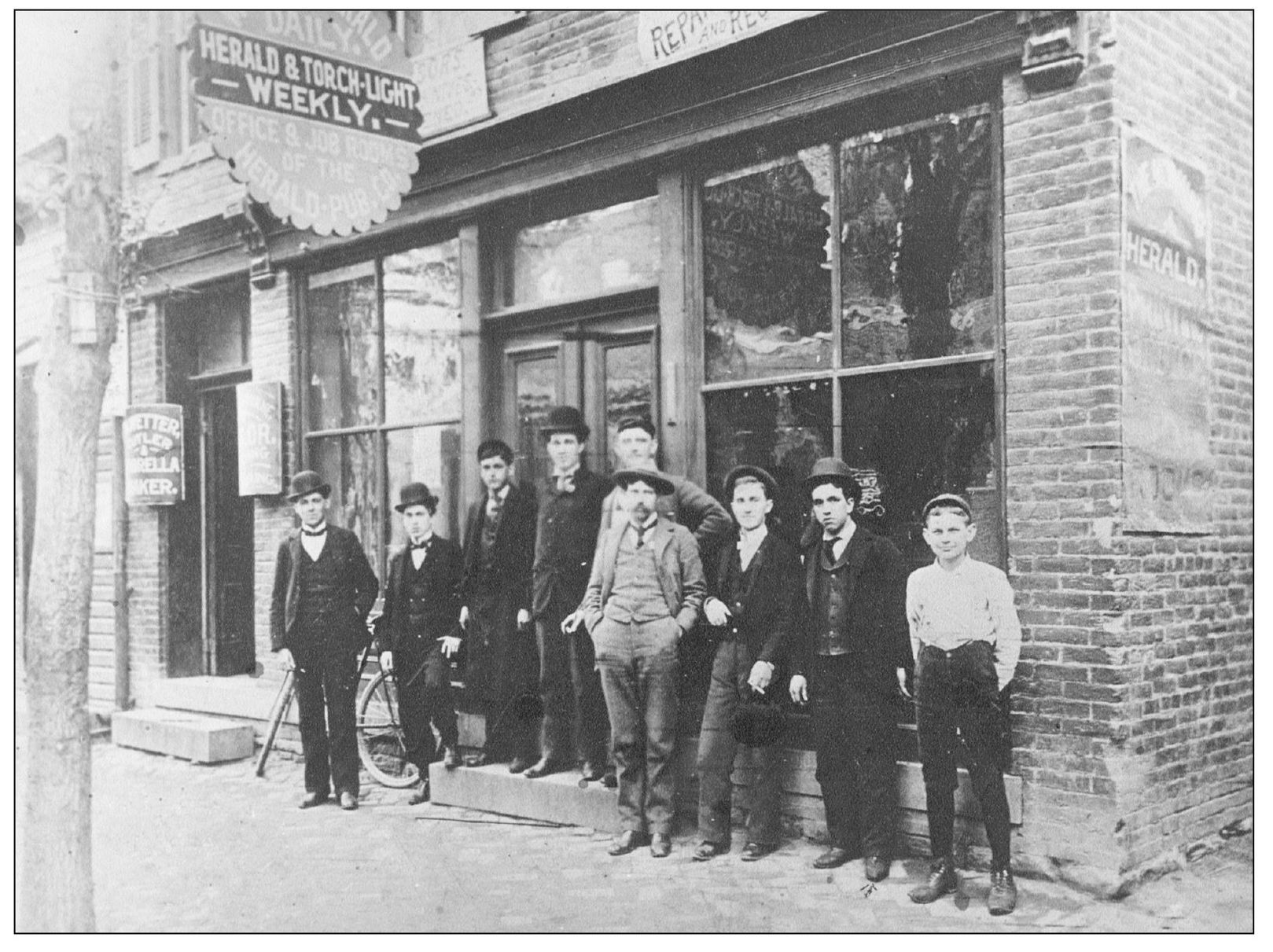
The Morning Herald and the Herald and Torchlight were the city’s two prominent newspapers during and after the Civil War. Here the staff poses outside of the Summit Avenue offices around 1890. Today Hagerstown’s daily newspaper combines the names of two Civil War era firms for its masthead, the Herald-Mail. (WMR-WCFL.)
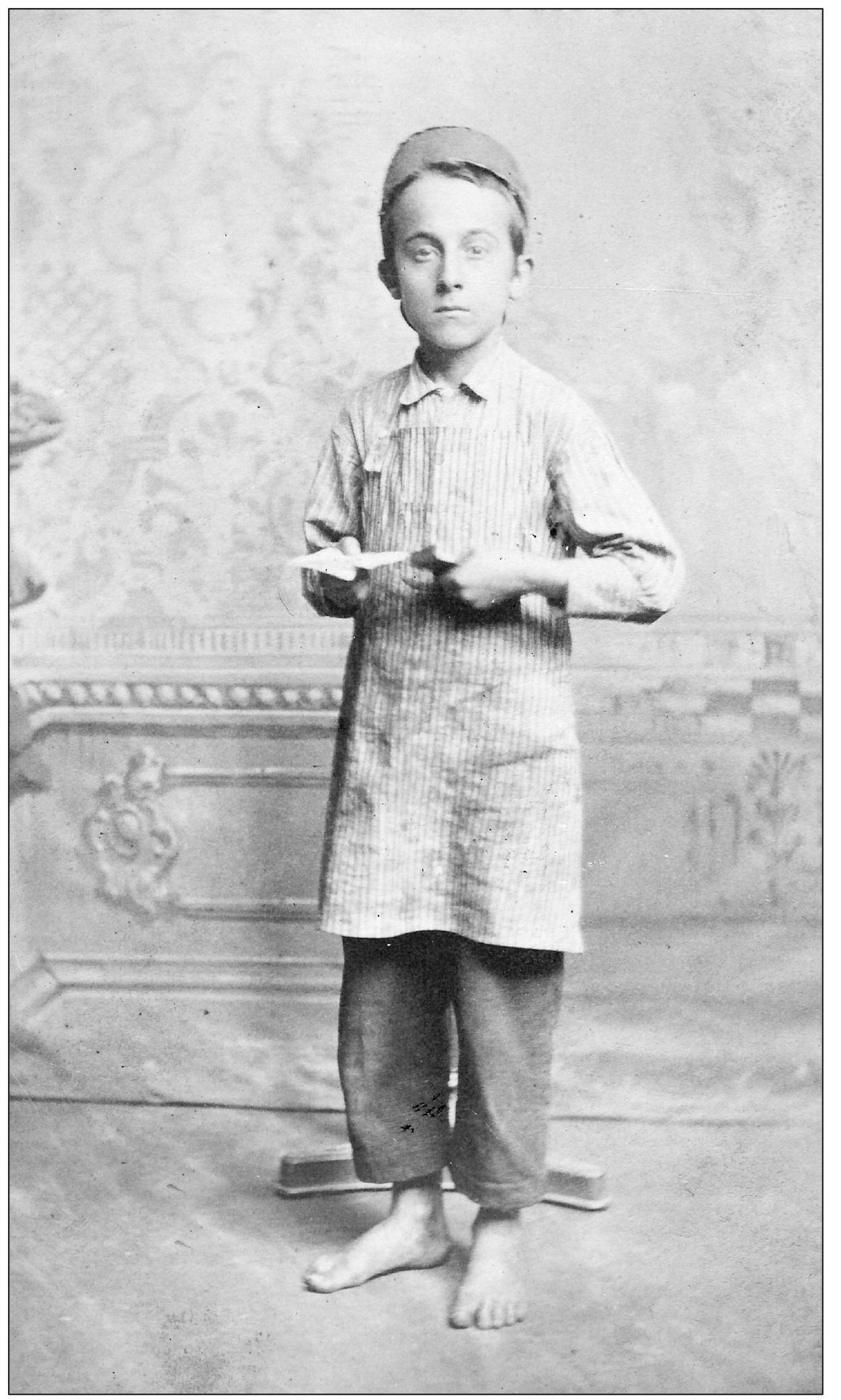
Ira Hayes spent his early youth (including the Civil War period) in Wolfsville. Shortly after the war, his family moved to Hagerstown and opened a store. Young Ira became a printer’s devil at the Twice A Week newspaper. The Twice A Week’s offices were located on the northwest corner of Public Square (see cover photograph). A printer’s devil is a trade term for a youthful apprentice who would run errands and deliveries, typeset basic copy, and generally learn the trade. Ira enjoyed a long career in the local press. He is shown here, around 1868, in the attire and with the tools of his trade. (WCHS.)
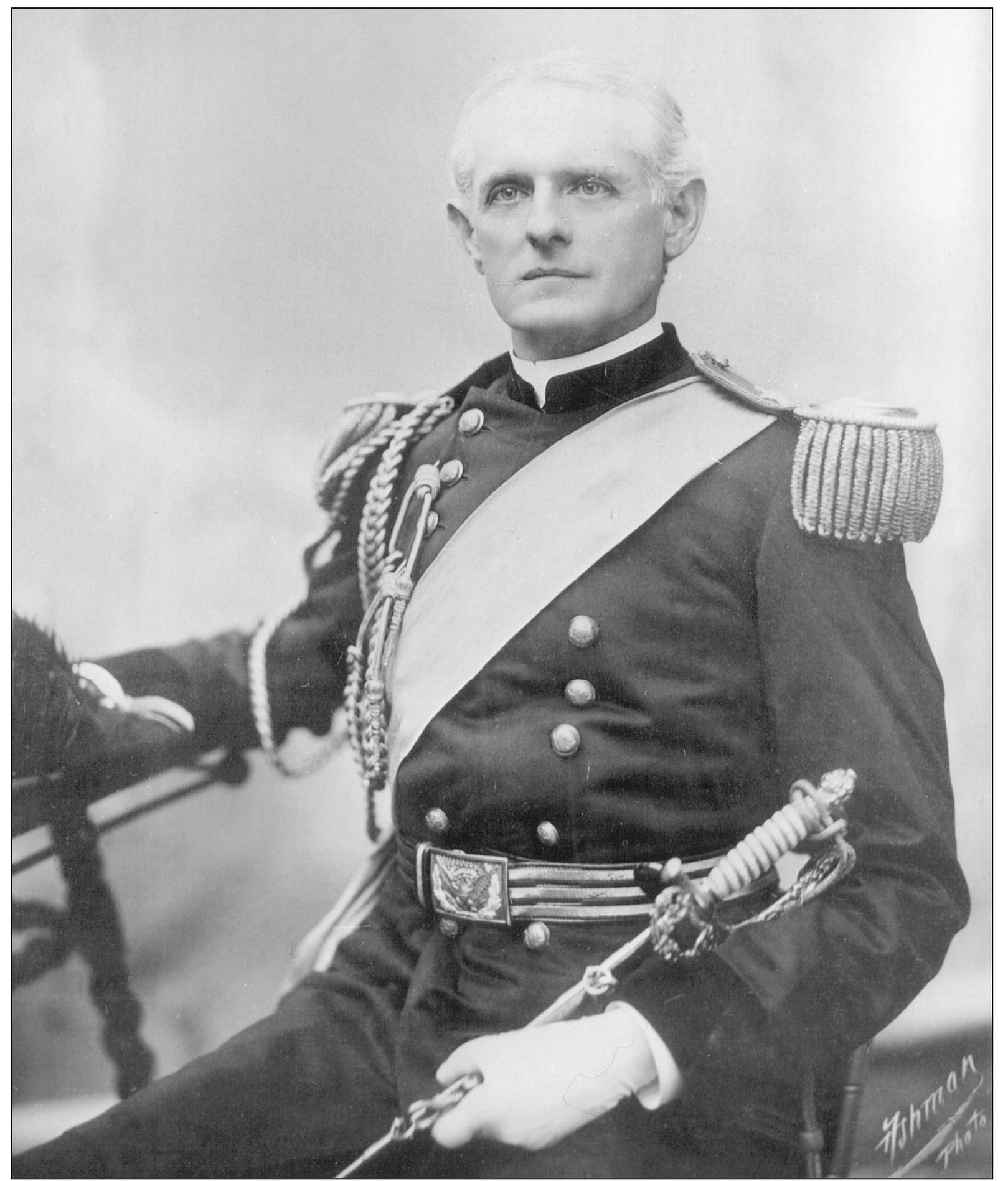
Henry Kyd Douglas taught at the Hagerstown Academy before joining the Confederate army. He returned to Hagerstown to open a law practice in 1867. In 1862, Douglas was the youngest officer on the staff of Gen. Thomas J. “Stonewall” Jackson. Rising through the officer corps, he later commanded a brigade at the Confederate surrender at Appomattox, Virginia. Douglas served as a judge on the circuit court of Washington County, ran unsuccessfully for Congress, and served many years in the Maryland National Guard, where he rose to the rank of major general. He is shown here in his major general’s uniform. Douglas served as adjutant general of the Maryland National Guard during the administration of Gov. Frank Brown (1892–1896). Altered in appearance, the home he owned from 1878 until his death in 1903 stands today at 405 North Potomac Street. His diaries and postwar recollections served as the basis of the book I Rode With Stonewall, published in 1940 by his nephew John Beckenbaugh. (WMR-WCFL.)
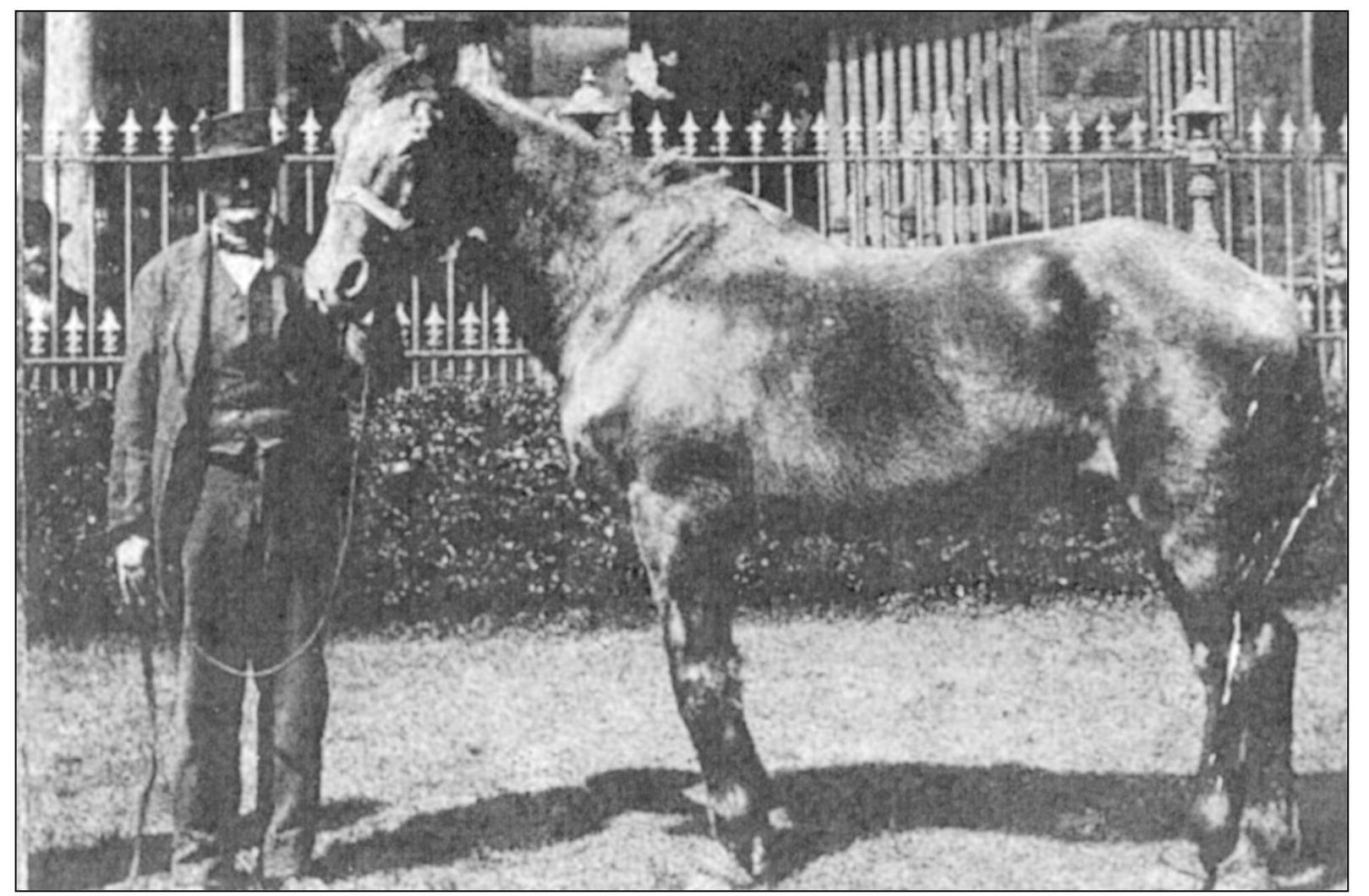
In 1884, Douglas arranged to have Stonewall Jackson’s favorite war horse, Fancy, brought to Hagerstown for the Washington County Agricultural Fair. Commonly known as Little Sorrel, the horse was a sensation. It is said that his tail and mane were plucked nearly clean by souvenir hunters. Fancy was photographed at Douglas’s home on North Potomac Street, held by Napoleon Bonaparte Hull Sr., an 84-year-old veteran of the 14th Virginia Cavalry who lived on nearby East Bethel Street (Randolph Avenue). (Author’s collection.)
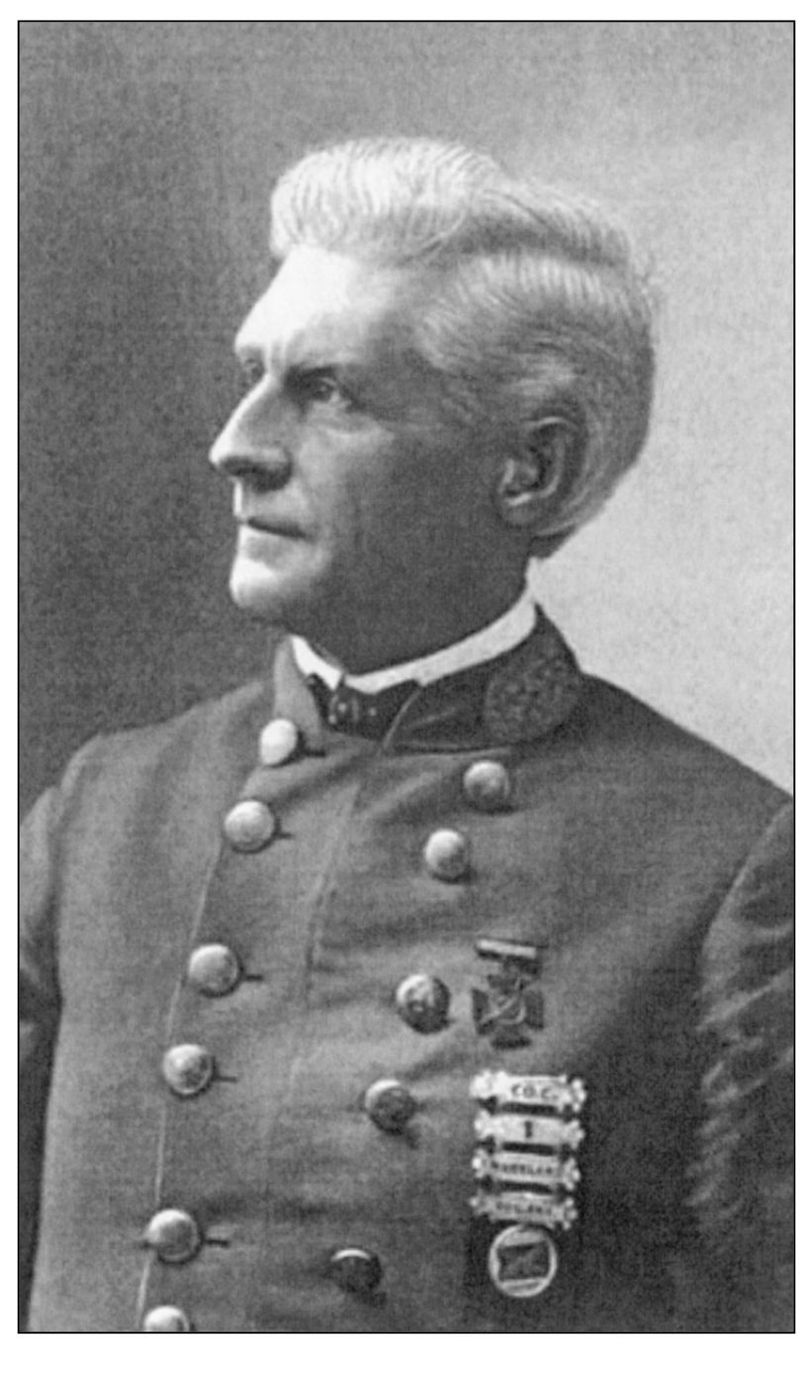
With war’s end, the men of the MacGill family were eager to resume their lives. The senior Dr. MacGill and several of his children moved to Richmond, Virginia. The junior Dr. MacGill relocated to Catonsville, Maryland. James MacGill (pictured) served in Company C, 1st Maryland Cavalry. He moved to Pulaski, Virginia, and married the niece of Gen. J. E. B. Stuart. James later married Lucy Lee Hill, daughter of Gen. A. P. Hill and goddaughter of Gen. Robert E. Lee. James went on to serve as the commander of the Virginia Division of the United Confederate Veterans and is pictured here in his veterans’ association uniform. (Author’s collection.)
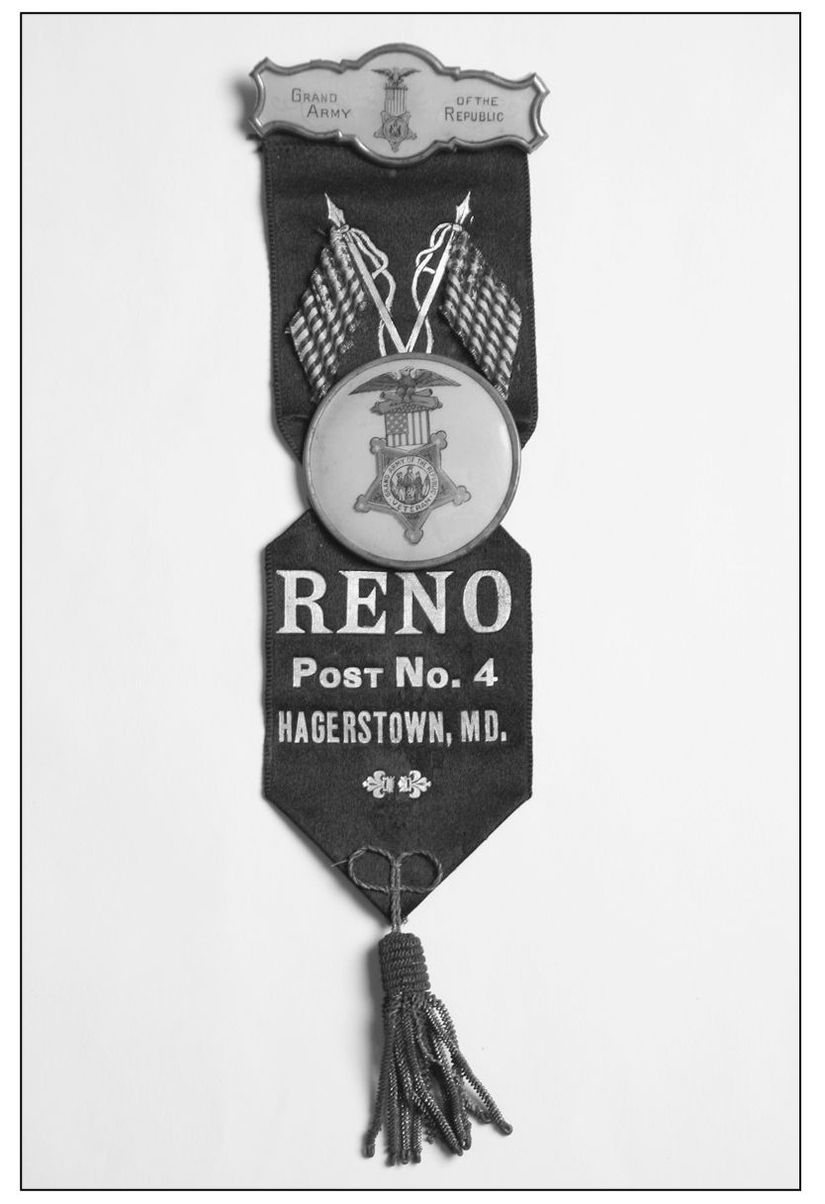
The Grand Army of the Republic was a Union veterans’s organization formed in 1866. Local posts served as social and memorial organizations as well as serving as charities to help their members who had fallen on hard times. The Gen. Jesse Lee Reno Post was formed in Hagerstown between 1866 and 1868. It was the fourth post organized in Maryland. The nearest camps of the Confederate equivalent, the United Confederate Veterans, were in Frederick and Shepherdstown. This Reno Post membership badge was owned by Comrade George W. Frush. (Daniel C. Toomey Collection.)
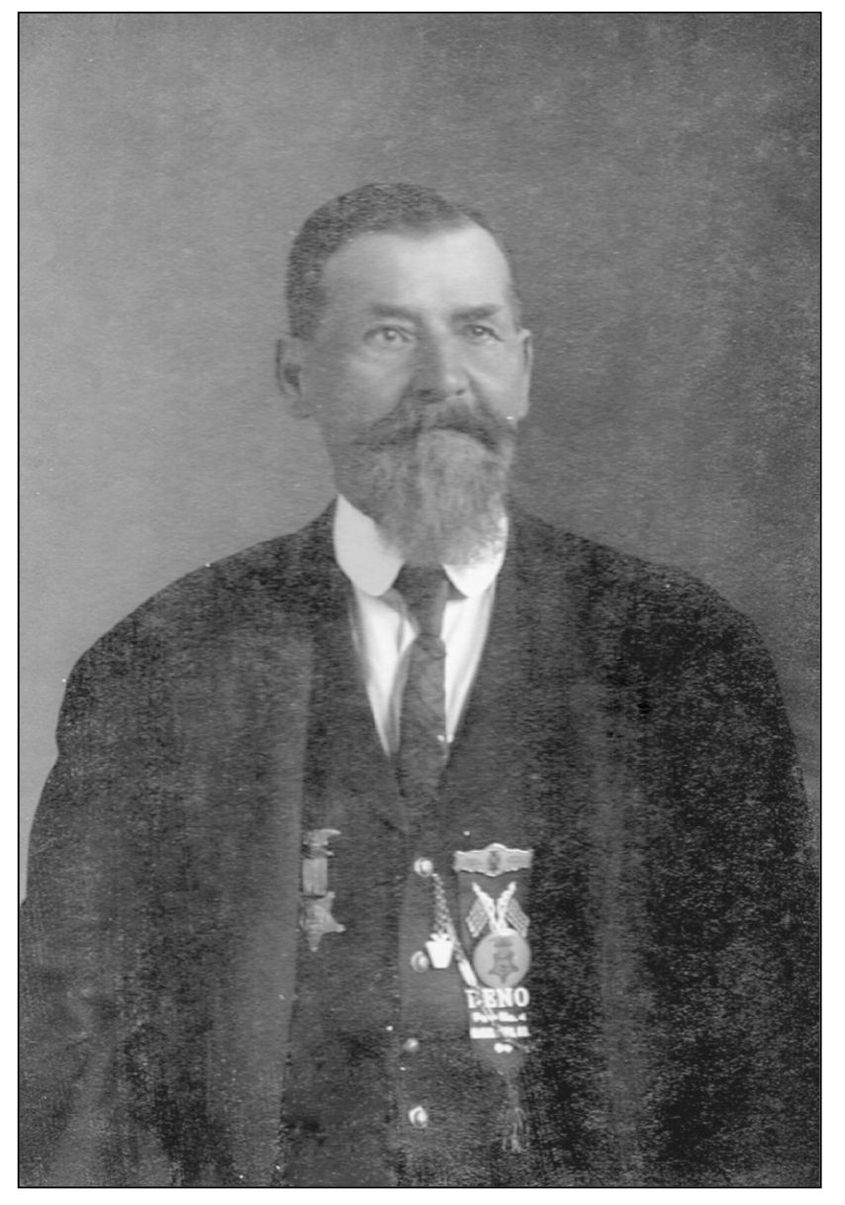
Clear Spring area resident George W. Frush wears the badge shown in the photograph above. Frush enlisted in the 1st Maryland Potomac Home Brigade Infantry Regiment in September 1861. He was captured at Duffields, West Virginia, on June 28, 1864, but returned to service. When the war ended, Frush was serving as a sergeant in the 13th Maryland Infantry. (Daniel C. Toomey Collection.)
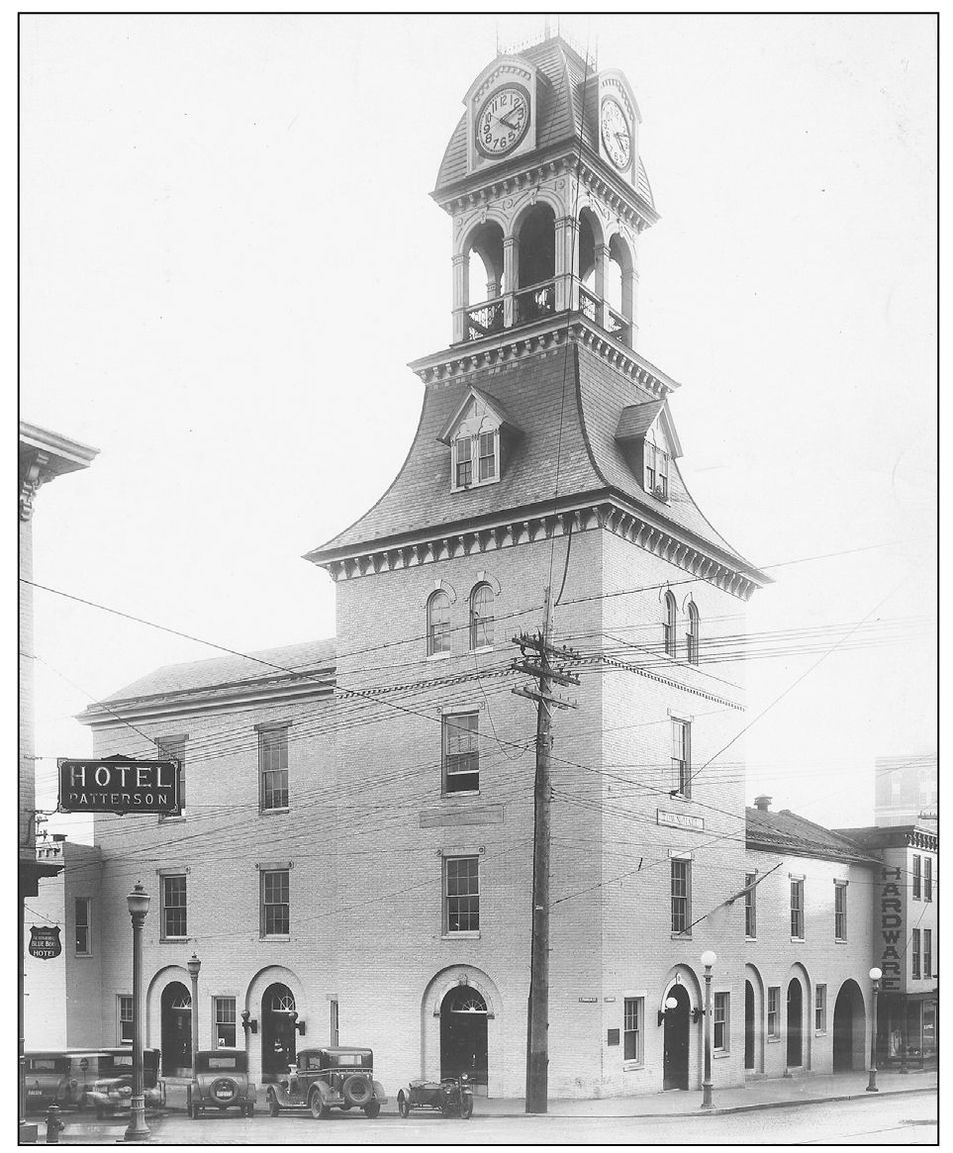
On April 1, 1905, Reno Post No. 4, GAR signed a lease with the city to use a lodge room on the third floor of Hagerstown City Hall. This room had previously been leased to Masonic and Odd Fellows lodges. Reno Post met twice a month on the first and third Wednesdays of the month. The room was decorated with relics of the Civil War. A second post, Lyon Post No. 31, was home to Hagerstown’s African American Union veterans. They convened on the first and third Thursdays of the month. Their meeting location is not known. (WMR-WCFL.)
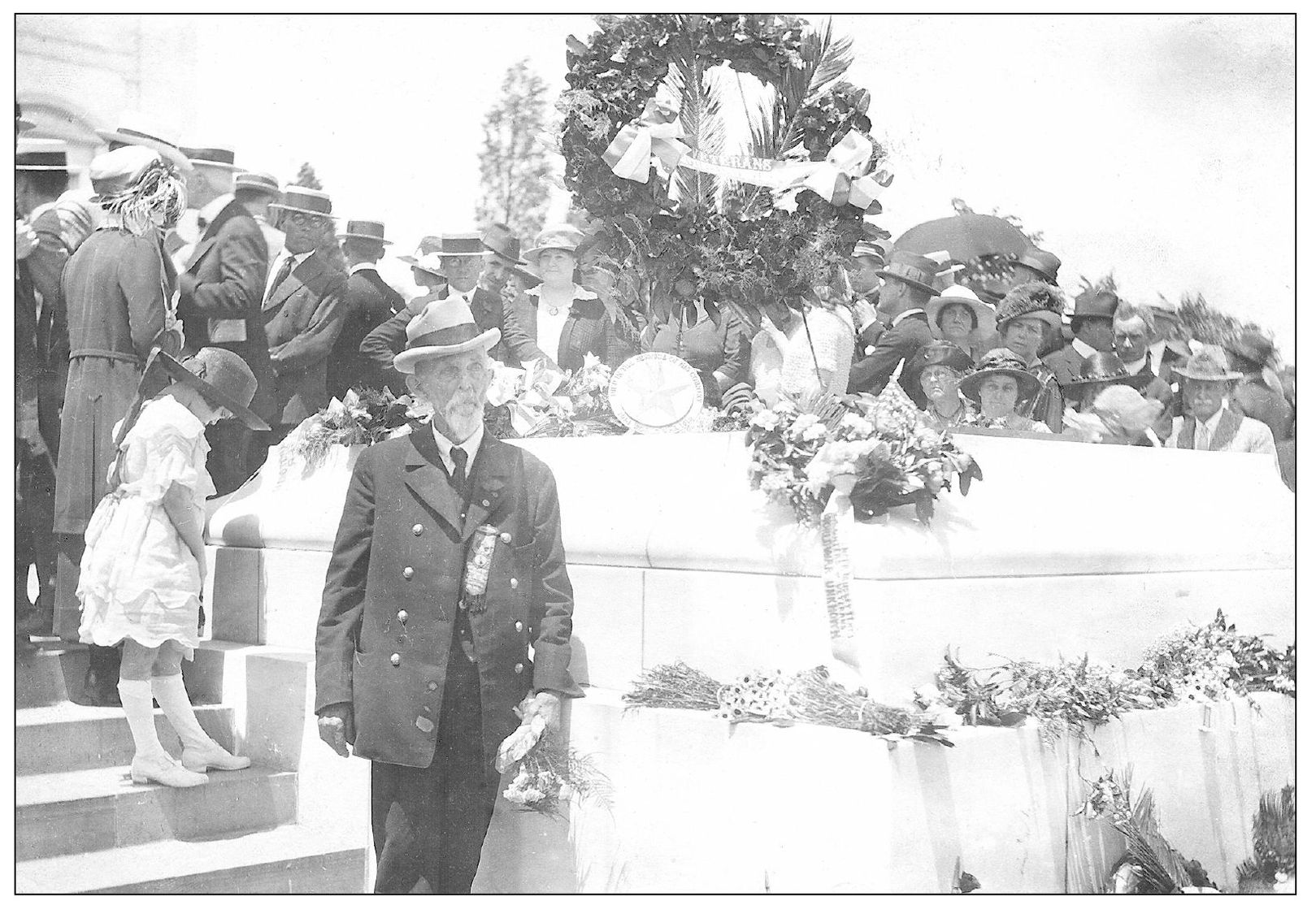
An unidentified member of Reno Post No. 4 attends a ceremony at the Tomb of the Unknown Soldier in 1922. In 1921, America selected one unidentified soldier to represent thousands who perished in World War I, to be joined later by soldiers from future wars. (WMR-WCFL.)
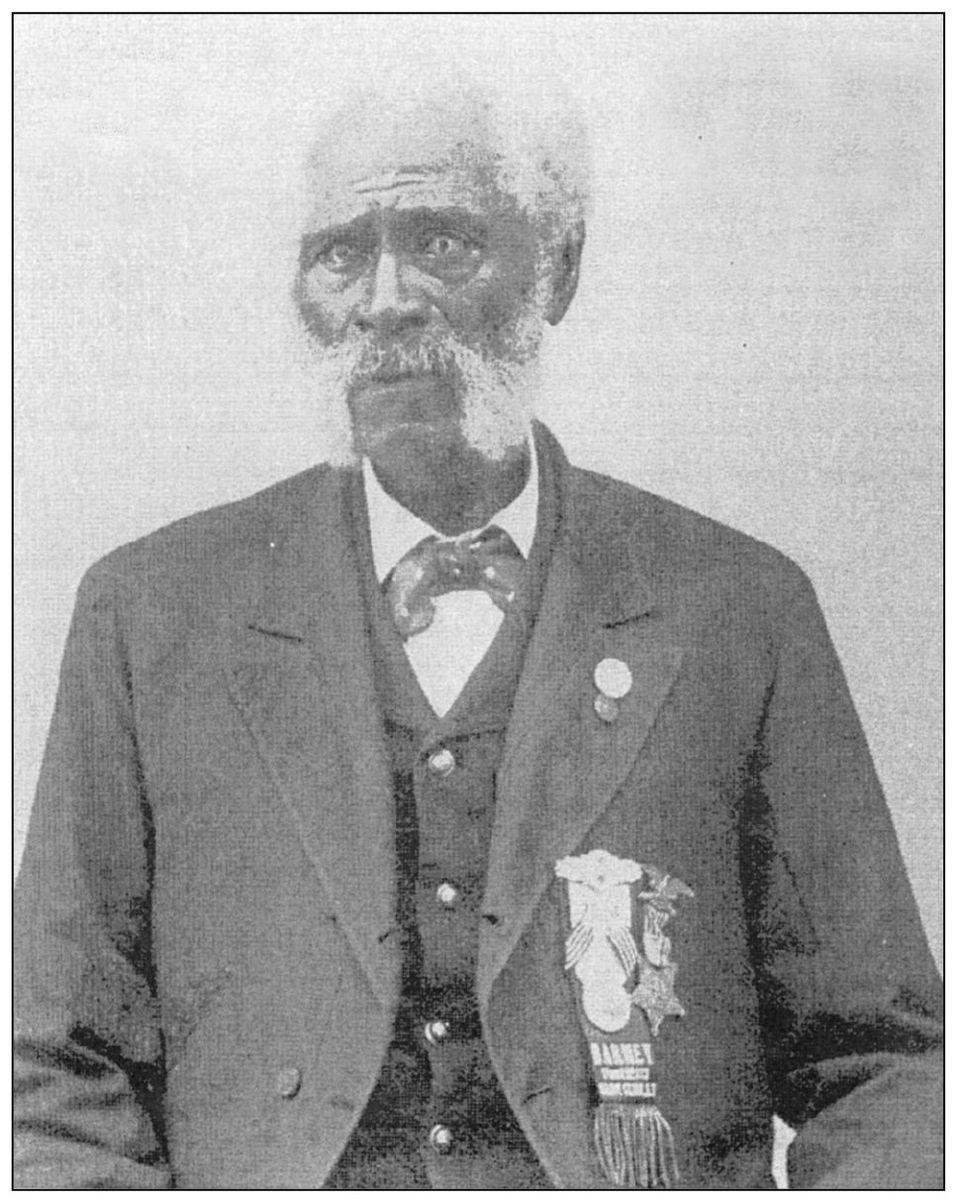
Henry F. Roberts was born into slavery in Hagerstown. After securing his freedom, he moved to Oswego County, New York. When the Union army began recruiting African American soldiers, he enlisted in Company F, 29th Connecticut Volunteer Infantry (Colored) and attained the rank of corporal. He returned to Oswego County at the conclusion of the war. Being that he was likely the only African American veteran in his part of Oswego County, Roberts was accepted for membership by the all-white Barney Post of the GAR at Sandy Creek, New York. Roberts is seen here proudly wearing his Barney Post GAR ribbons. For several years, he served as color bearer of the post. (Town of Sandy Creek, New York.)
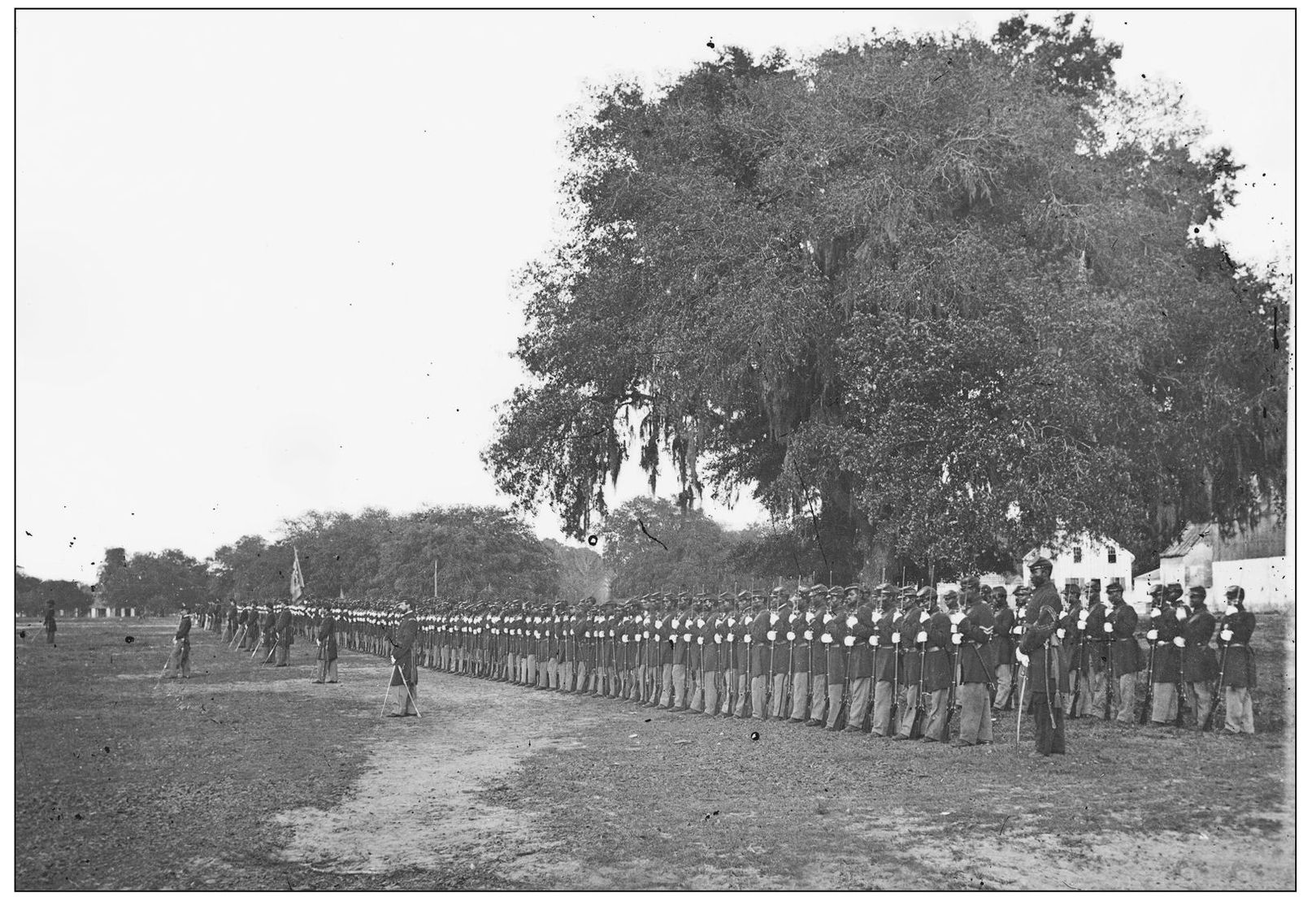
The 29th Connecticut Volunteer Infantry appears on dress parade in Beaufort, South Carolina. Corporal Roberts would have been among this formation of troops. (Library of Congress.)
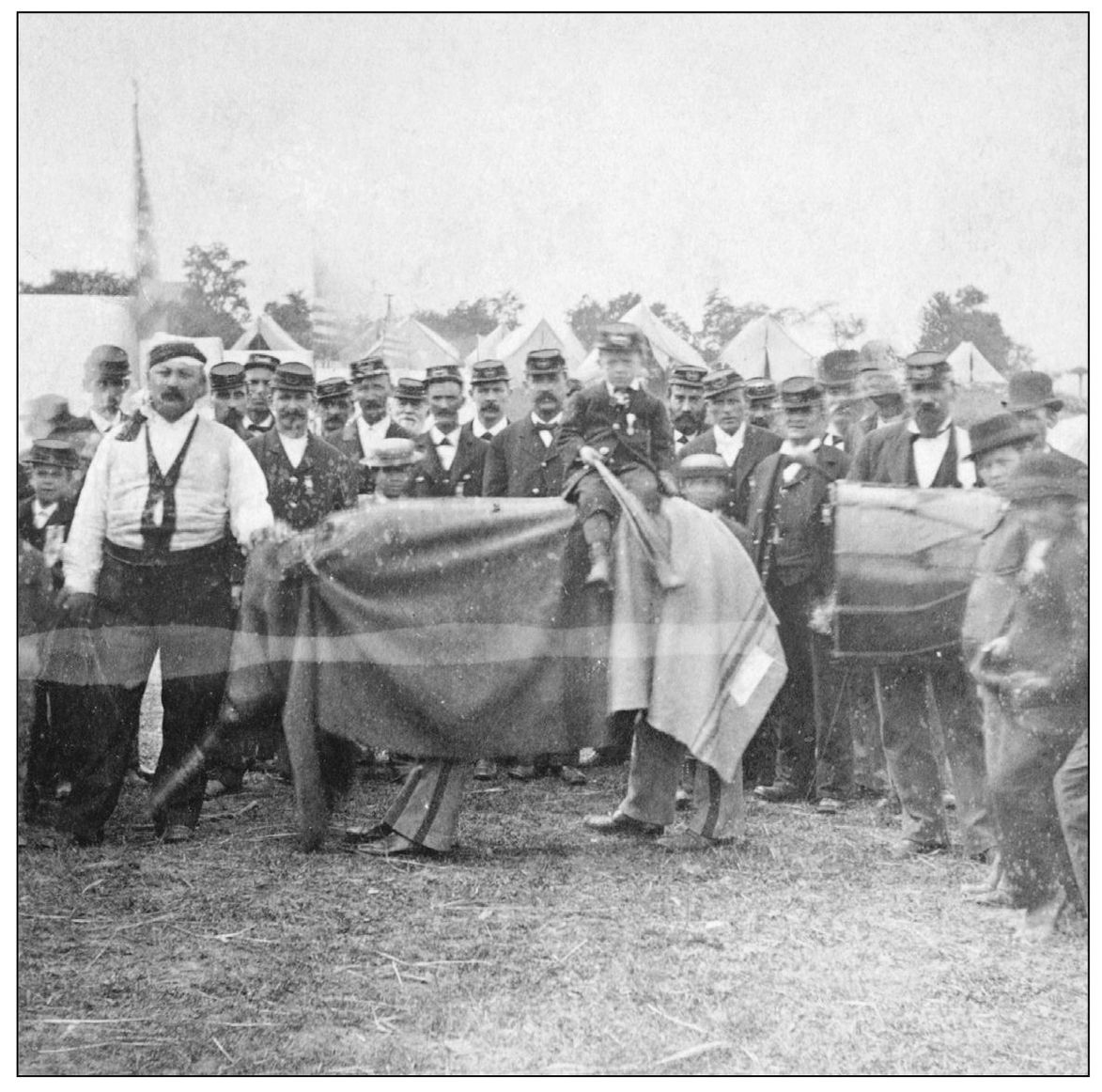
In 1884, the Maryland GAR held its annual encampment in Hagerstown at the Agricultural Fairgrounds. In this Elias Recher stereograph, GAR members are amused by a boy riding an “elephant” (two national guardsmen covered with an army blanket). On a national level, the GAR was a potent political force, and this likely involves some inference to the Republican Party—whether it is positive or negative is undetermined. (Michael Pekosky.)
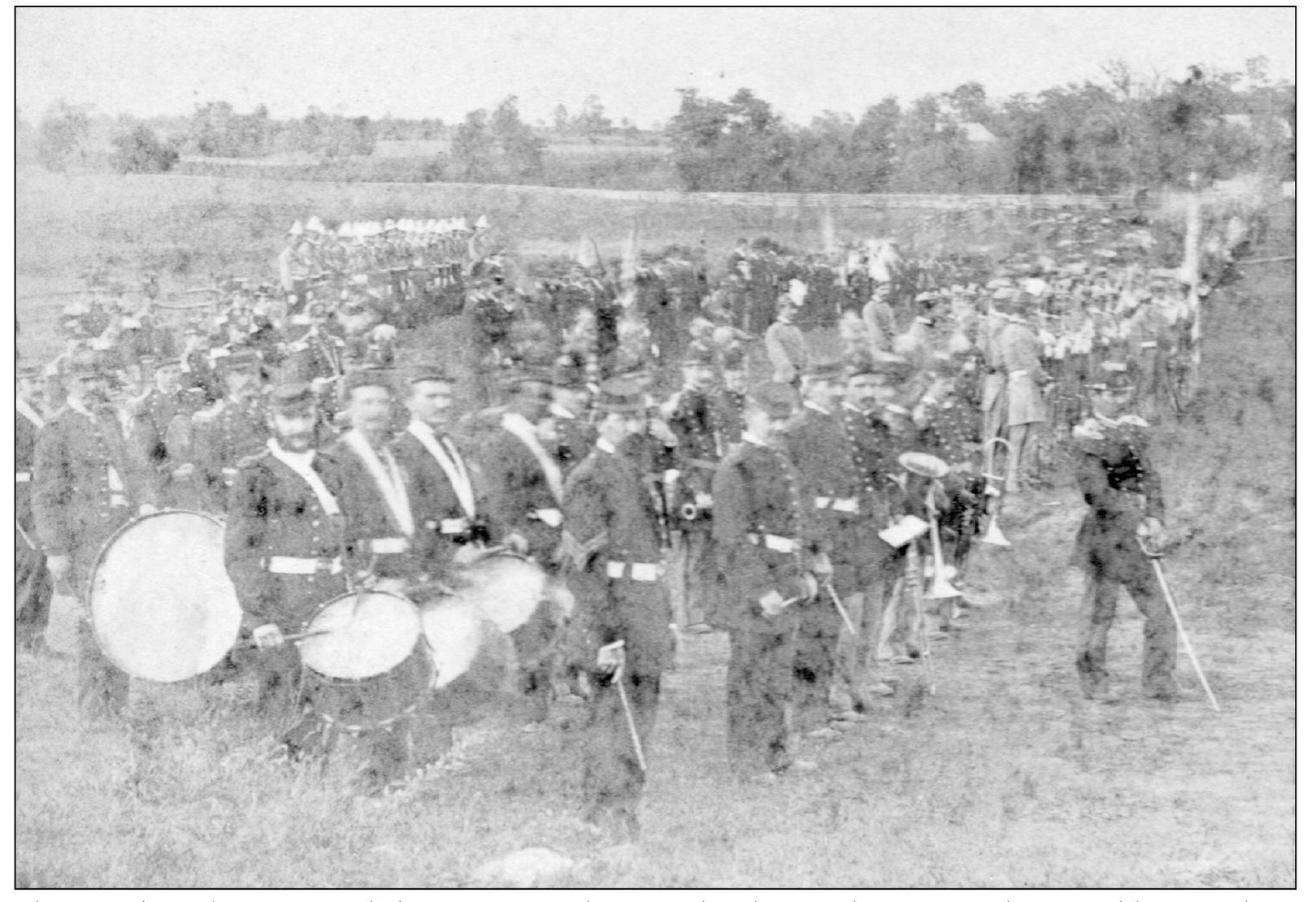
Elias Recher also captured this image of the Maryland Grand Army of the Republic members and members of the Maryland and Virginia National Guard as they form a dress parade at the Hagerstown encampment. (Daniel C. Toomey Collection.)

Hagerstonian George Freaner “went South” and attained the rank of major on the staffs of generals J. E. B. Stuart, Wade Hampton, and Fitzhugh Lee. Returning home, Freaner formed a law firm with Andrew Syester that quickly became one of the most prominent firms in the county. Freaner also served with Colonel Douglas on the commission that created Washington Confederate Cemetery. When the cemetery was dedicated in 1874, Freaner hosted the keynote speaker (his former boss), Gen. Fitzhugh Lee, at his Summit Avenue home. Freaner married and fathered two daughters—Lucy (right) in 1874 and Jessie (below) in 1873. These photographs appear to have been taken around 1877. Soon after the completion of the cemetery, Freaner’s health began to fail. Although in poor health, his death in 1878 at age 47 came as somewhat of a surprise to all who knew him. (WCHS.)
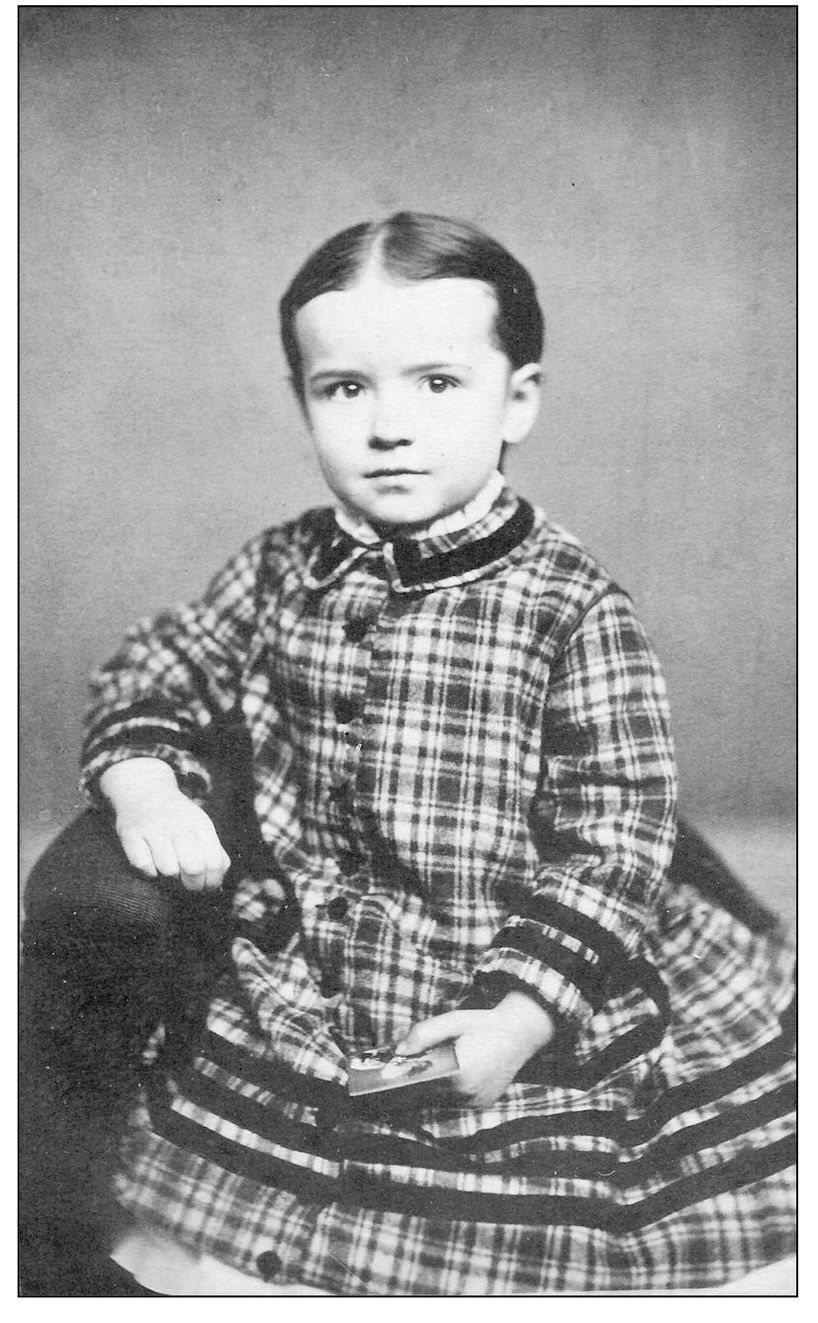
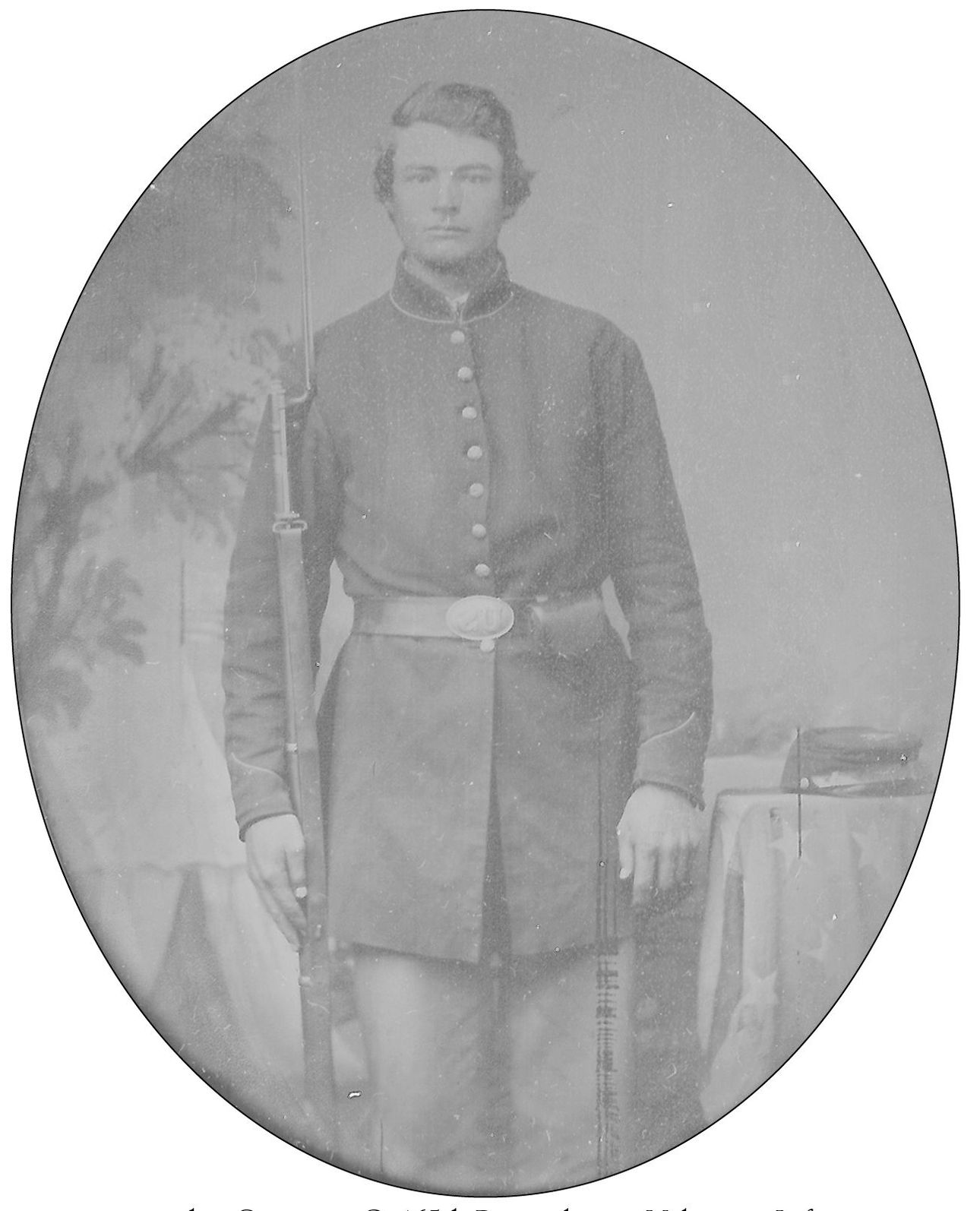
Jerome M. Lawrence served in Company G, 165th Pennsylvania Volunteer Infantry, a nine-month regiment that served from November 9, 1862, until the end of July 1863. Company G was recruited in Adams County, Pennsylvania. The 165th managed to miss large battles but was involved in skirmishes in the area east of Richmond. After the Civil War, Lawrence settled in Hagerstown and became a member of St. Mary’s Catholic Church. He resided at 411 Jefferson Street in his twilight years. When he passed away at his home at age 90 on October 14, 1930, he was one of the very last surviving Civil War veterans in the Hagerstown area. This image was shared through the courtesy of his descendants. (Lt. Margaret Kline, retired, Hagerstown Police Department.)
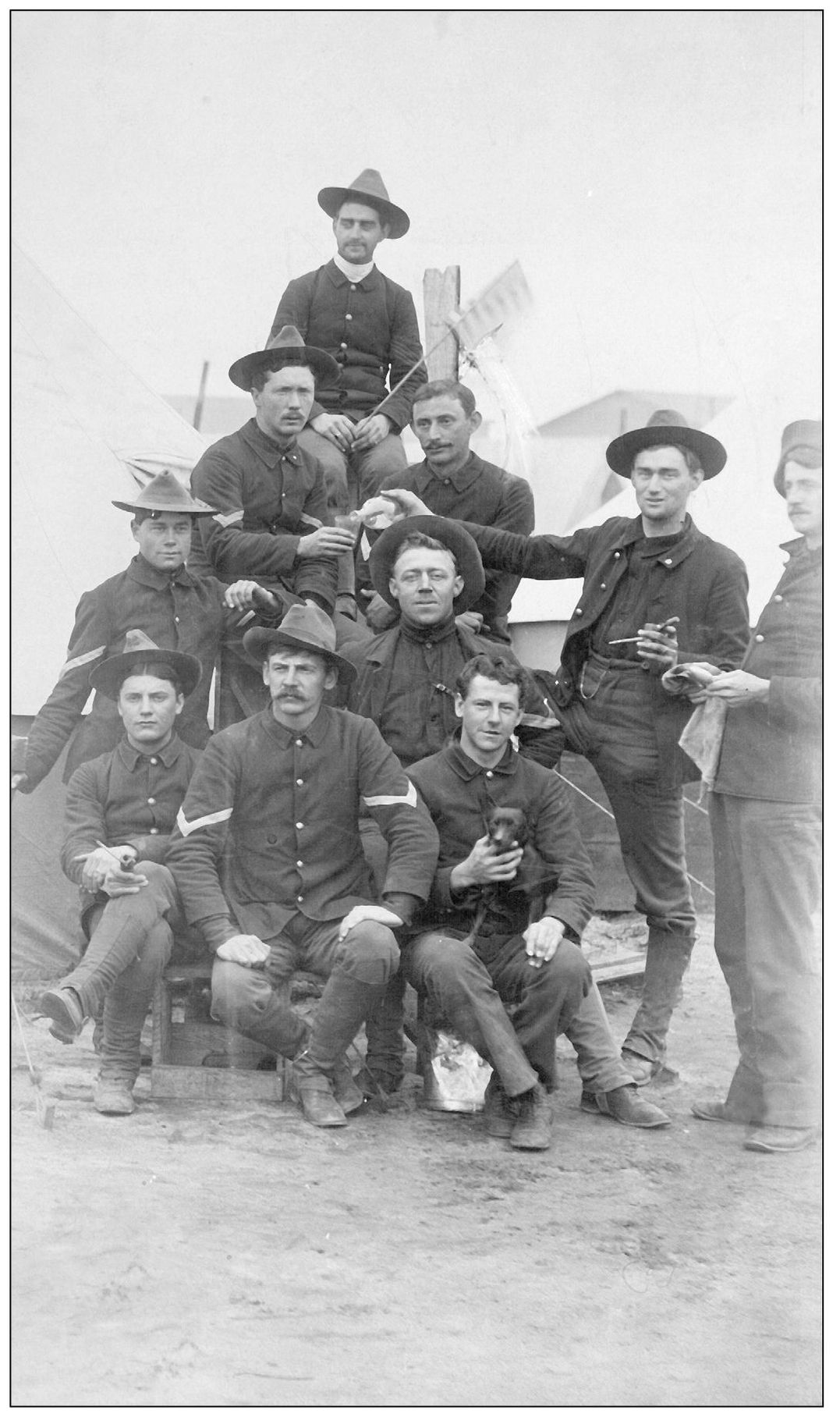
The first real test of a reunited America came when war was declared on Spain in 1898. Veterans of the blue and gray sent their sons off to fight side by side. To encourage southern support for the Spanish-American War, Washington gave former high-ranking Confederates commissions as generals and appointments to other important posts in the U.S. Volunteers. Hagerstown’s Colonel Douglas was offered a staff major’s commission, but he declined the post due to health concerns and dissatisfaction with the post offered. Here the boys of Hagerstown’s Company B, 1st Maryland Volunteers celebrate at Camp MacKenzie, Georgia, on February 1, 1899, upon learning that they are to be mustered out. The 1st Regiment was commanded by Hagerstonian colonel William Preston Lane Sr., father of future Maryland governor William P. Lane Jr. Pictured from left to right are (first row) Pvt. Thomas H. Spielman, Cpl. Jacob Herman Reichard, Pvt. Charles E. Fry, and Charles A. Rothweil; (second row) Cpl. George B. Alexander, Sgt. Marshall J. Beachtell, and Pvt. James H. Harley; (third row) Cpl. Richard Duffy and Cpl. Murphy E. Flory. Alone in the top row is Hospital Steward Herbert Kneisley. (WCHS.)
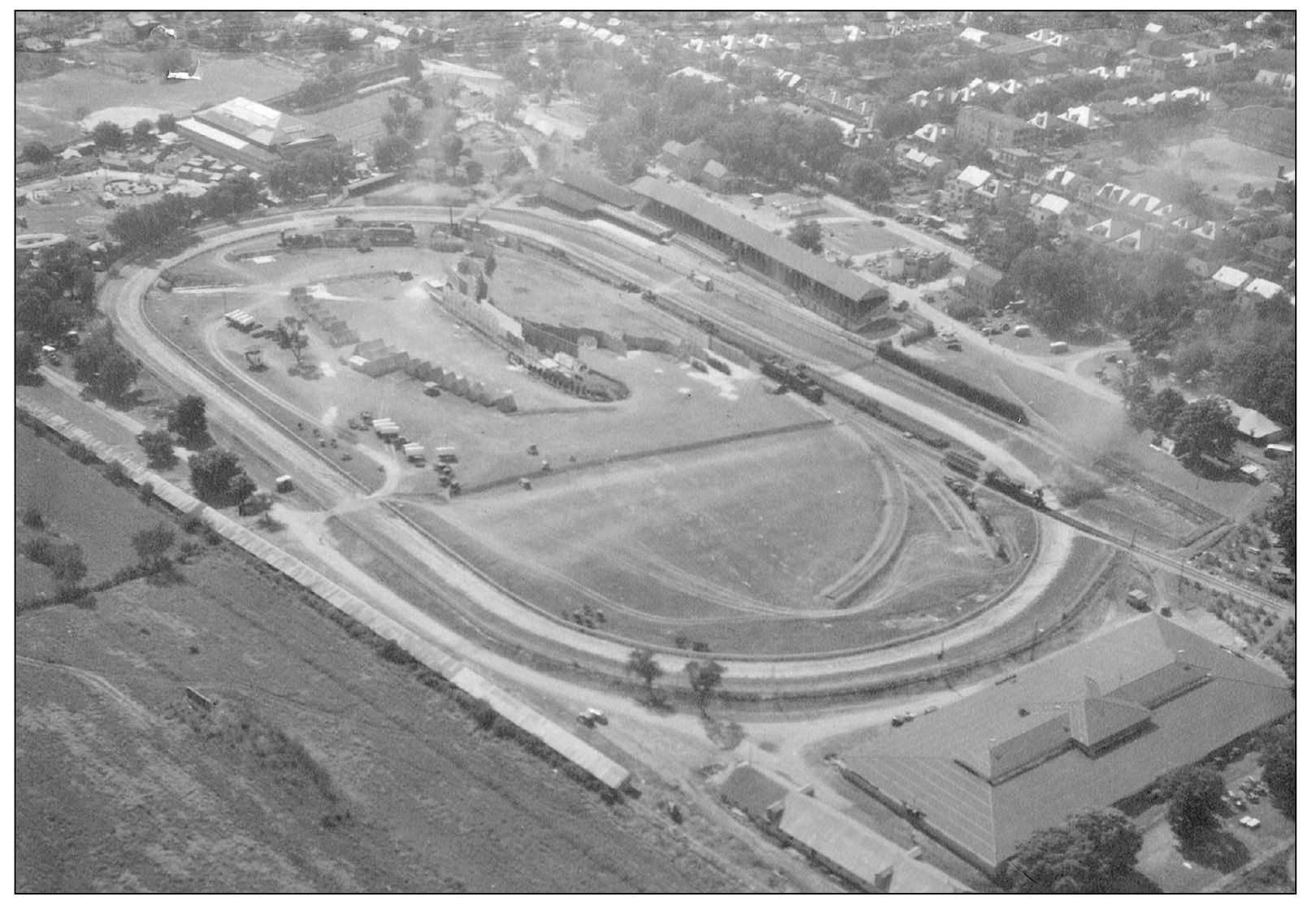
In September 1937, the city hosted On Wings of Time, a large fair and pageant detailing the history of the county. It was held to commemorate the 75th anniversary of the Battle of Antietam. Historic railroad engines were brought into the fairgrounds via a temporary rail spur (shown on the right edge of this image). Stages were constructed on the infield for viewing by the public, seated in the grandstands (upper right). (WMR-WCFL.)
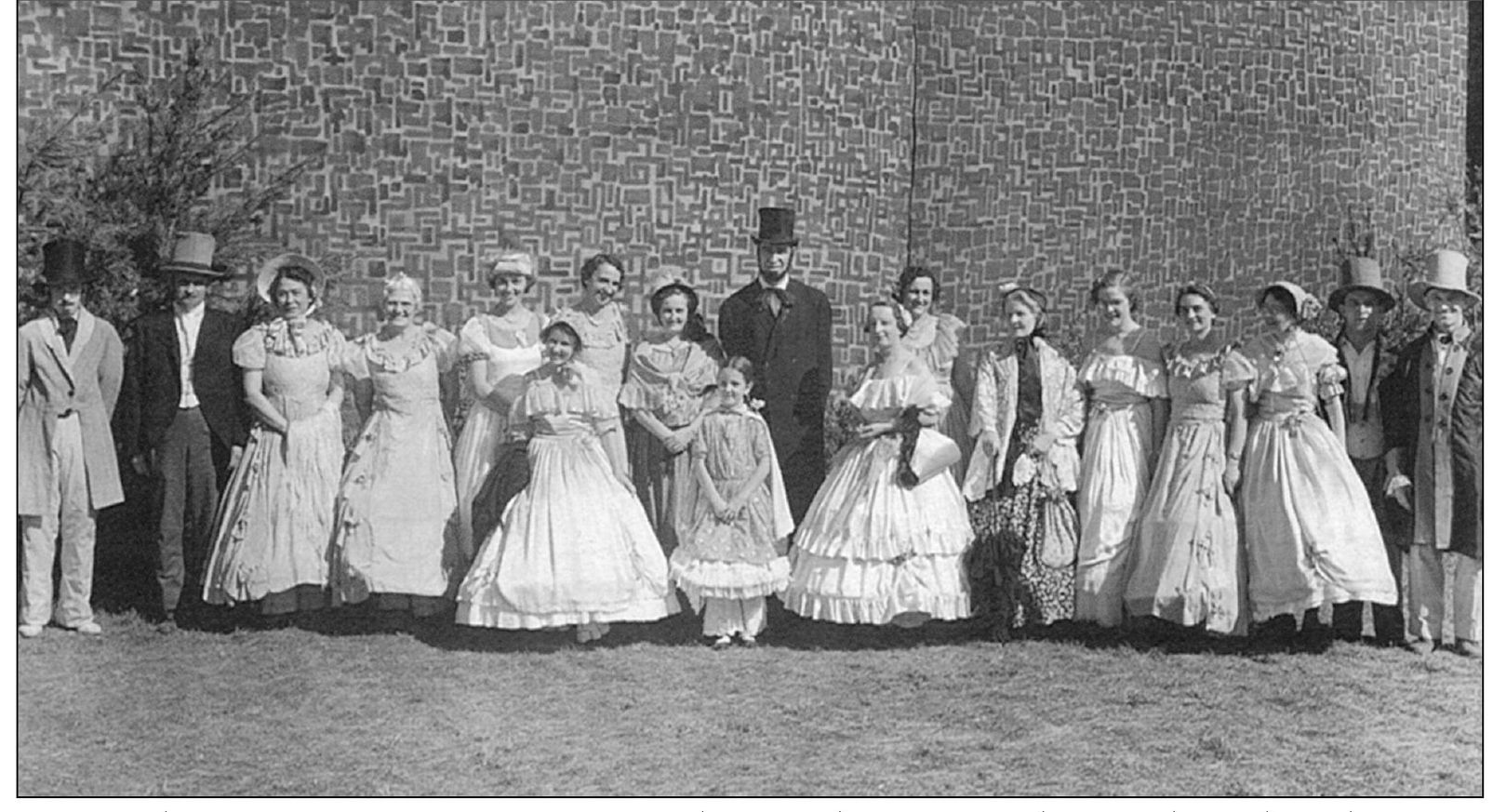
Some of the pageant’s cast poses for a group photograph in front of the set. The scale and scope of this project is quite impressive considering that it occurred at the height of the Great Depression. Advertisements and promotional literature boasted of a cast of 1,500 and a stage 600 feet wide, stating that it would be the “largest show in the east this year.” (WCHS.)
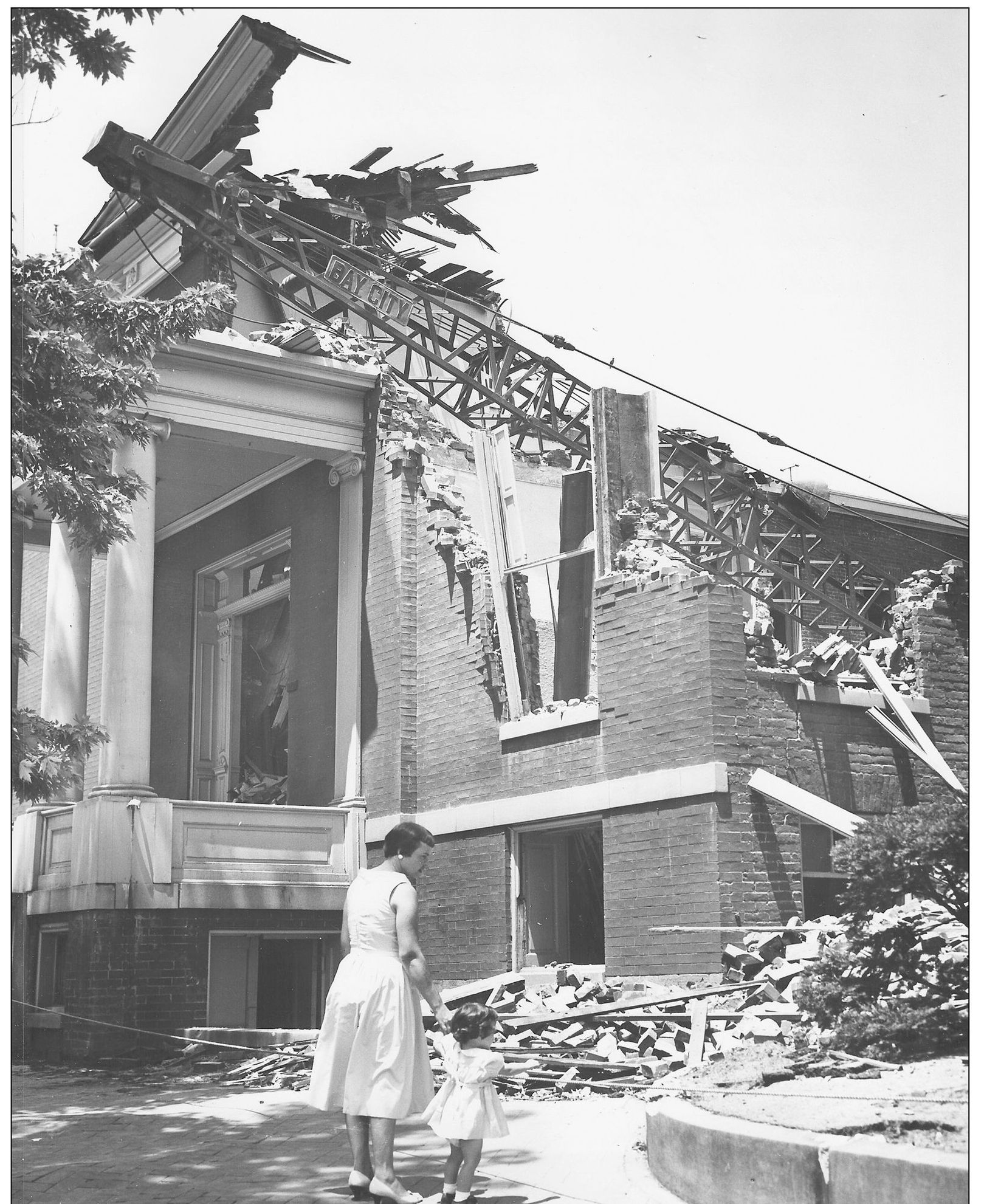
Over time, many of Hagerstown’s 19th-century landmarks fell to the wrecker’s ball as the city center grew and properties redeveloped. On June 29, 1959, Ruth Davis and her daughter Julie Ann (now Julie Hayslett) watch former governor William T. Hamilton’s home being demolished. Hamilton’s house, located on the north side of the 200 block of West Washington Street, was originally constructed as the Valley Bank. Hamilton purchased the bank building in the 1850s for conversion to a residence. Its place was taken by an expansion of the St. Mary’s parochial school. The contract for demolition was awarded to the C. William Hetzer Construction Company. Established in 1955, Hetzer Construction is headquartered near Hagerstown. (WMR-WCFL, Vernon Davis Collection.)
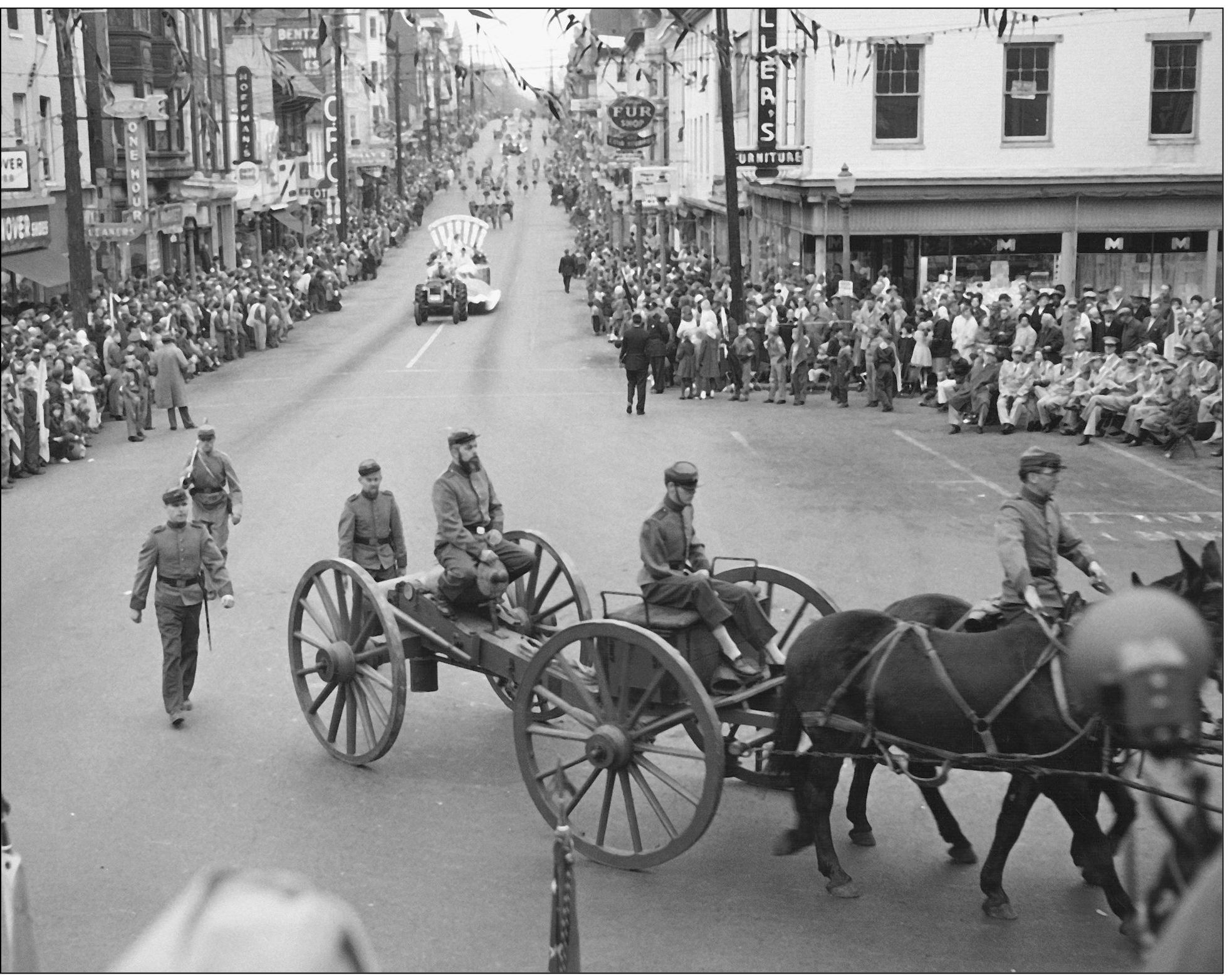
The 4th Maryland Artillery, CSA, was a locally based reenactment unit that served during the Civil War centennial in the late 1950s and early 1960s. Armed with an original 12-pounder “Napoleon” pulled by a team of mules, the cannoneers draw their gun down North Potomac Street into Public Square during the 1959 Veterans Day Parade. (WMR-WCFL, Vernon Davis Collection.)
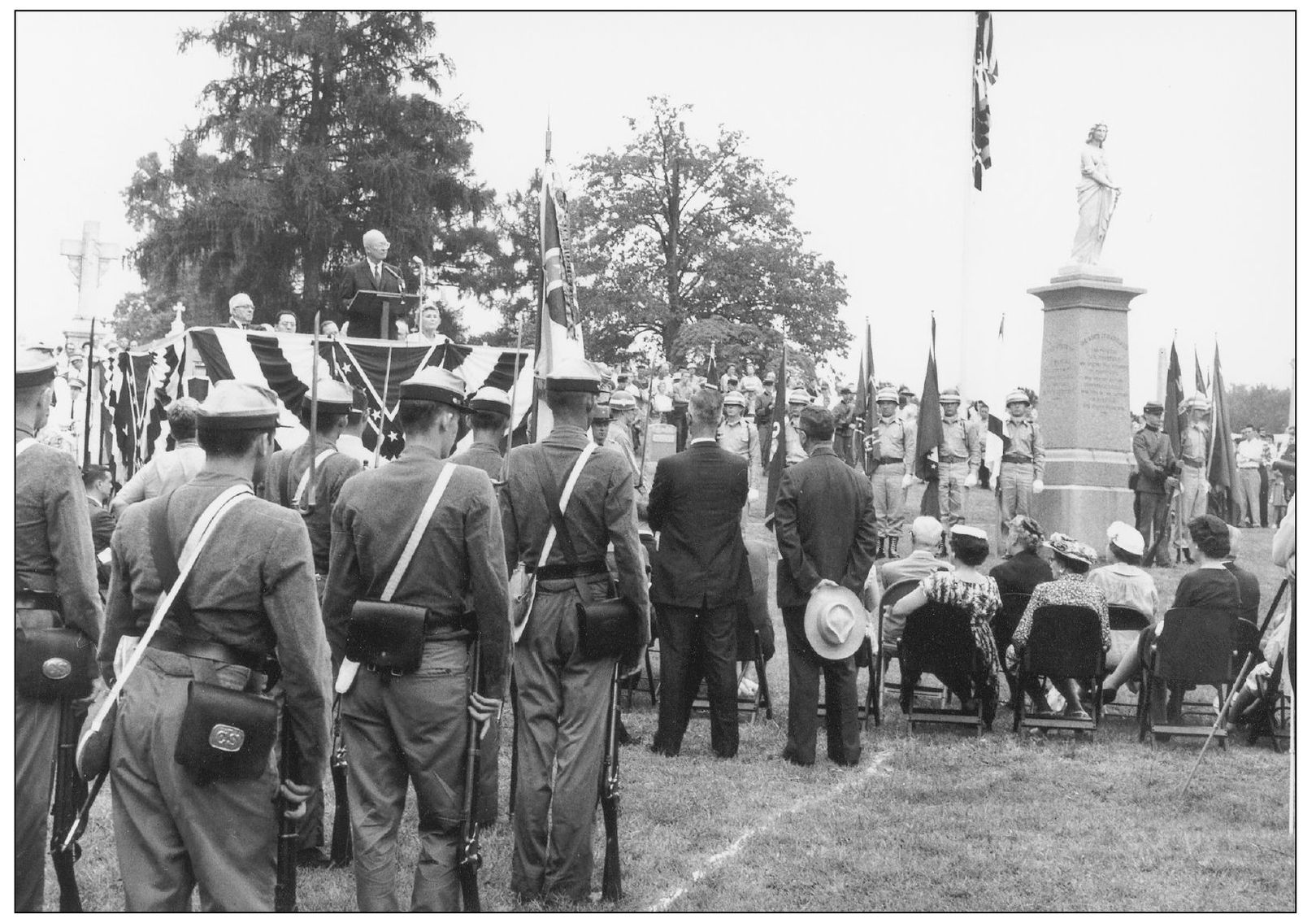
On September 3, 1961, Hagerstown hosted former president Dwight Eisenhower, who traveled from his farm near Gettysburg to speak at the rededication of the Washington Confederate Cemetery. With him was Gen. U. S. Grant III, grandson of the Union general and president and chairman of the Civil War Centennial Commission from 1957 to July 1961. (WMR-WCFL.)
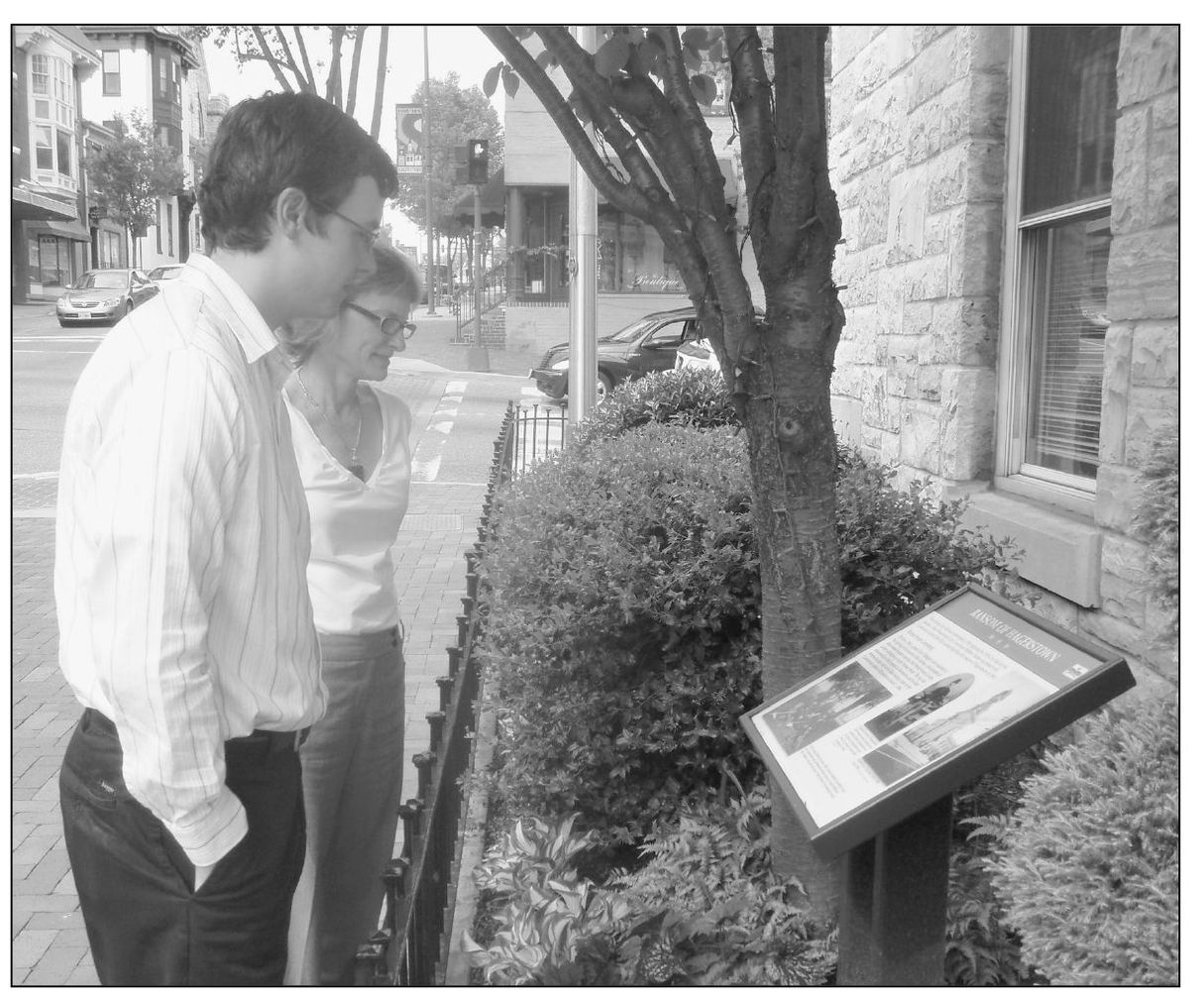
From 2008 to 2010, the City of Hagerstown secured grants from the Maryland Heritage Area program to install 50 Civil War history interpretive panels in the city center and surrounding neighborhoods. Many of the stories and illustrations found in this book are included in greater detail in the contents of these historic markers. (City of Hagerstown.)